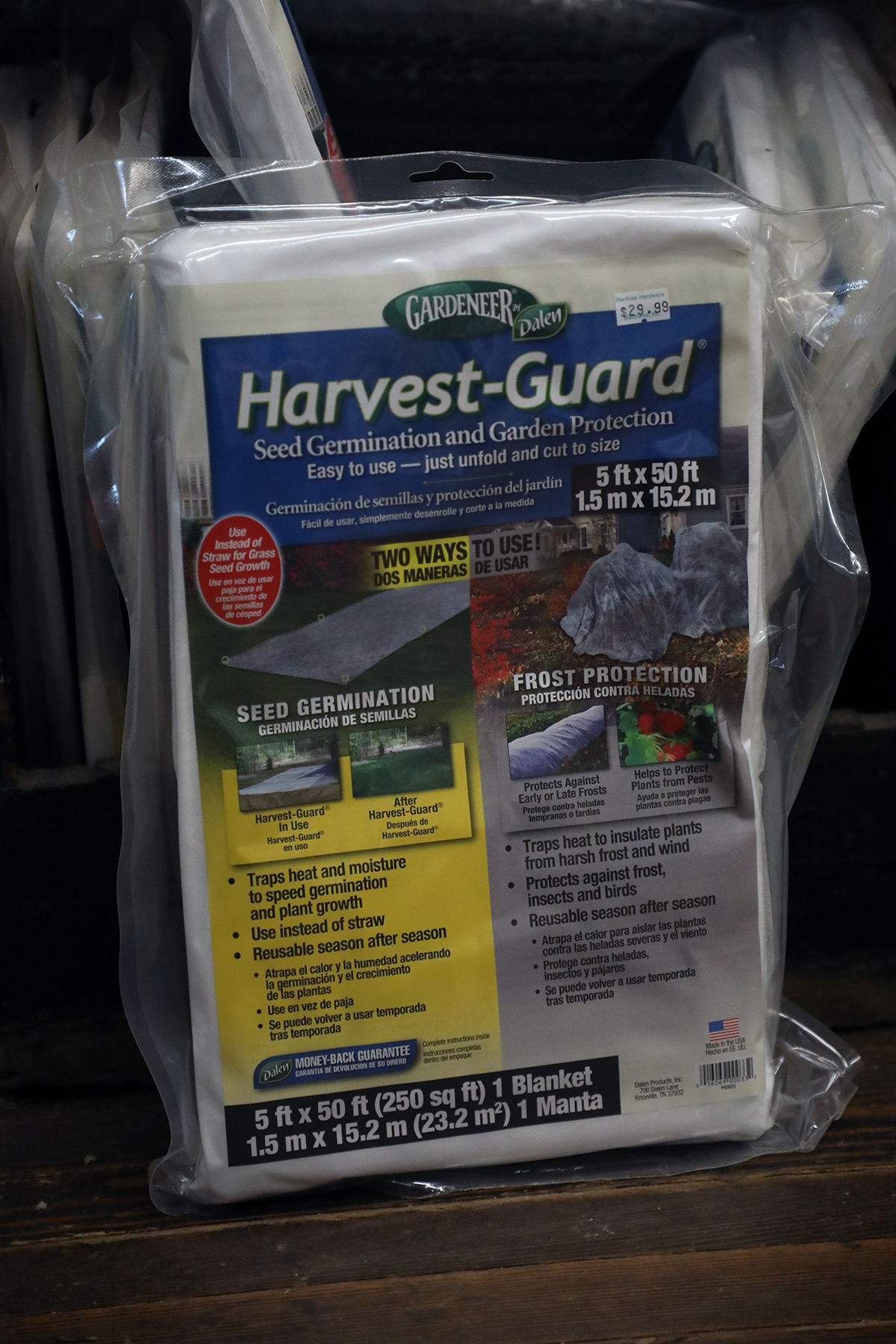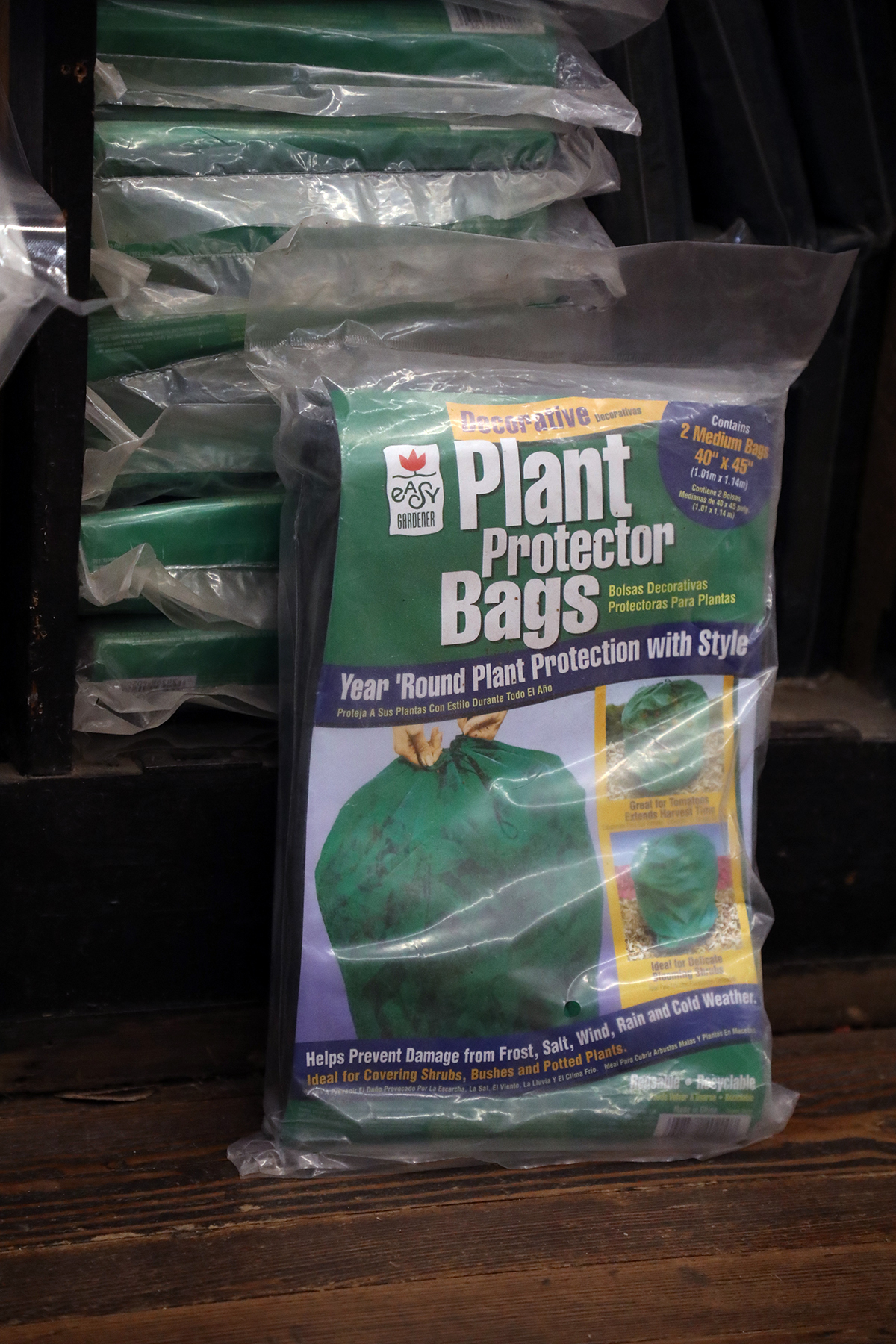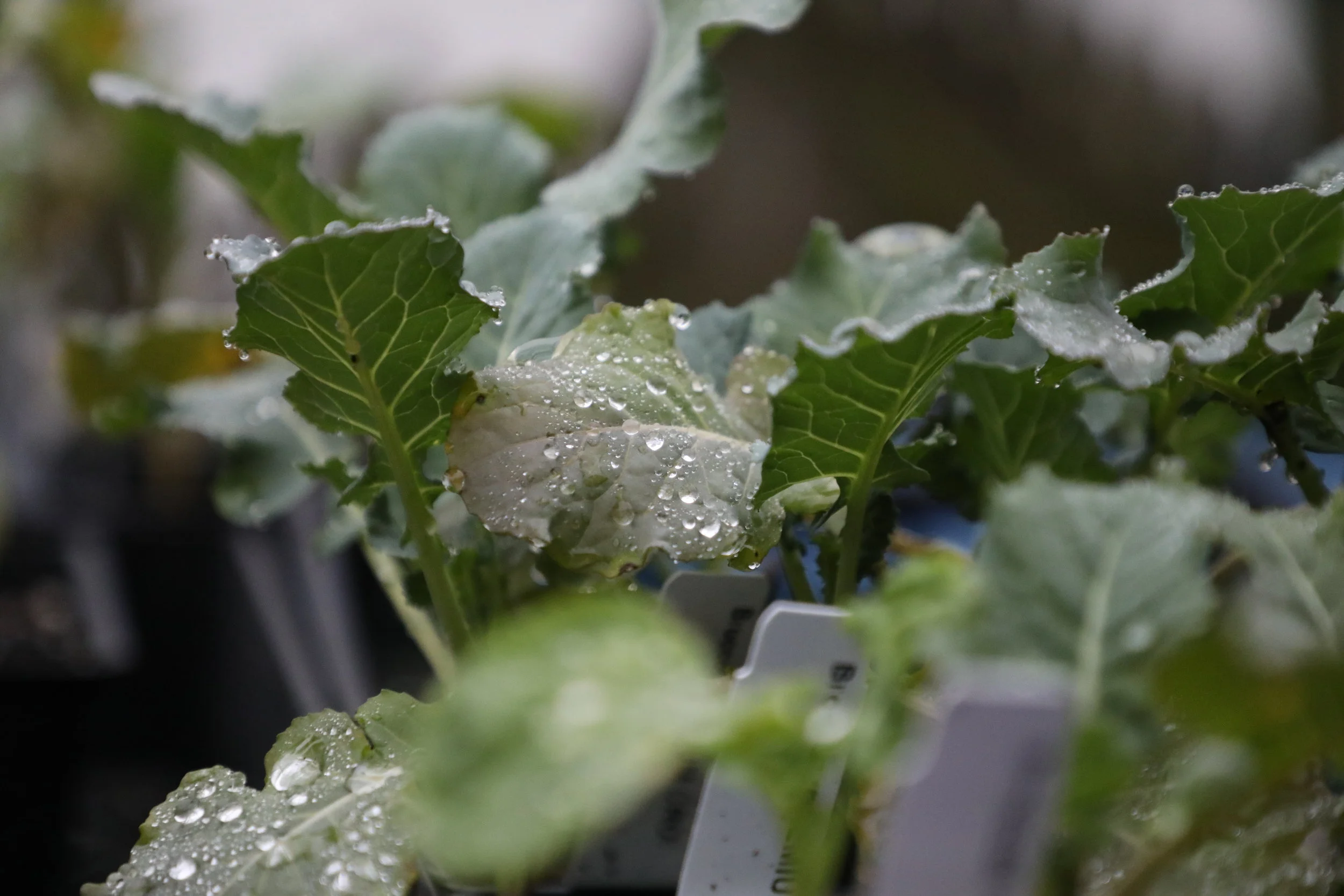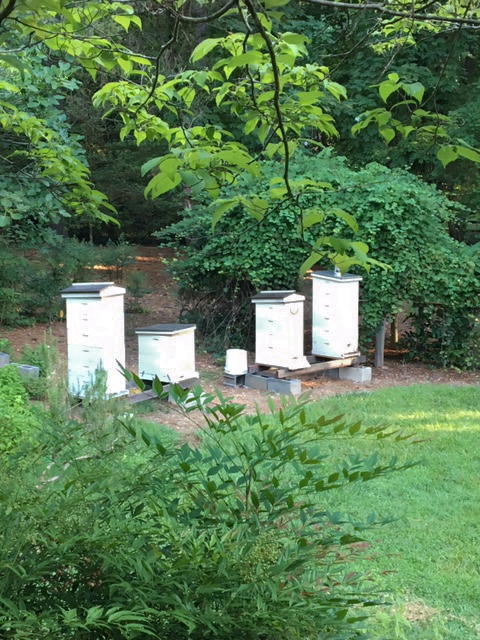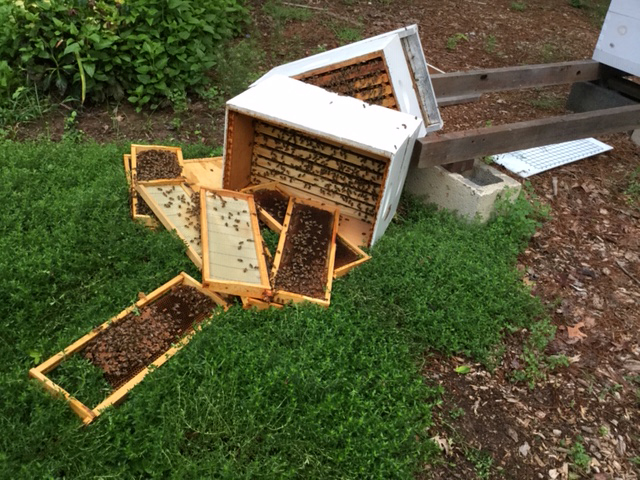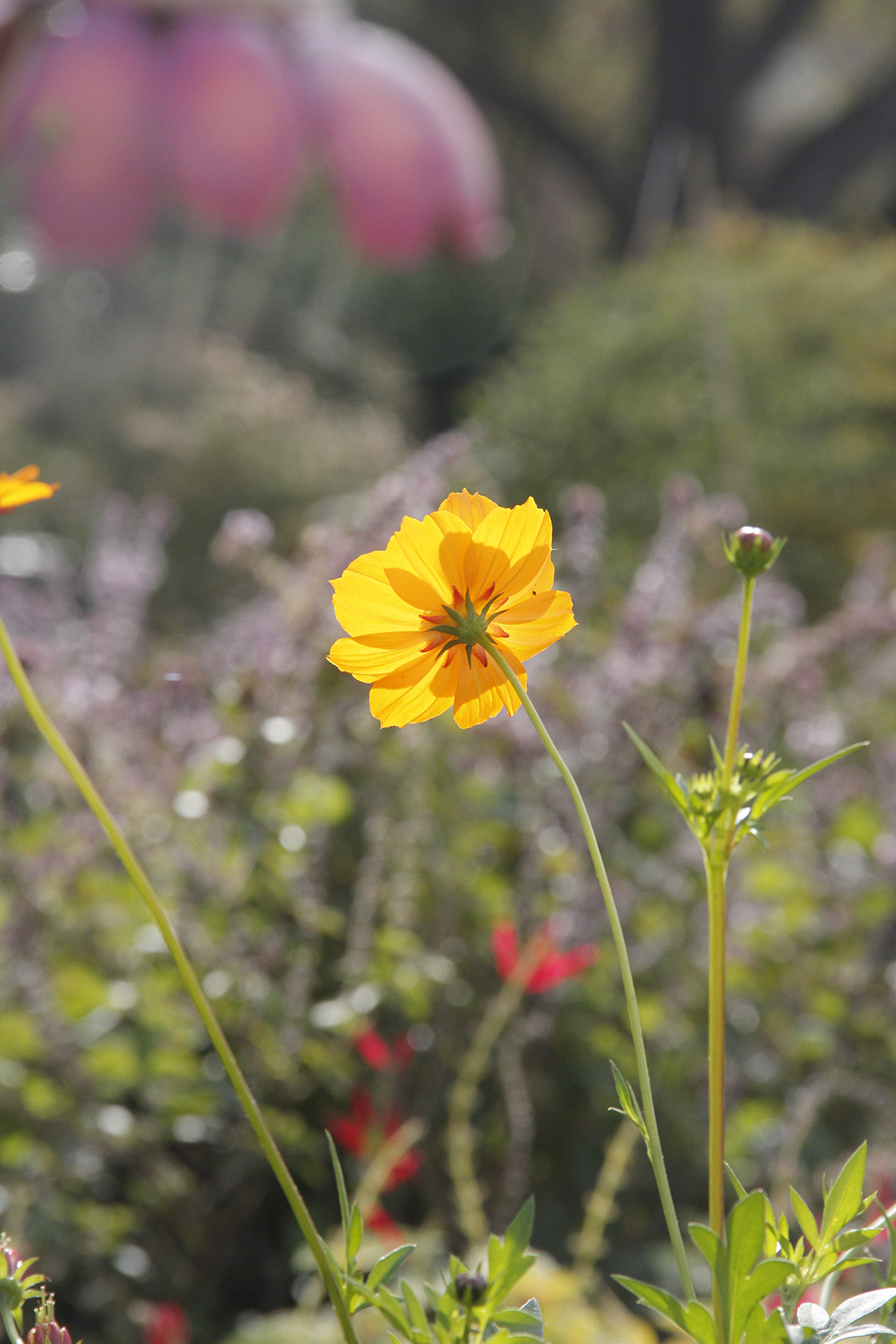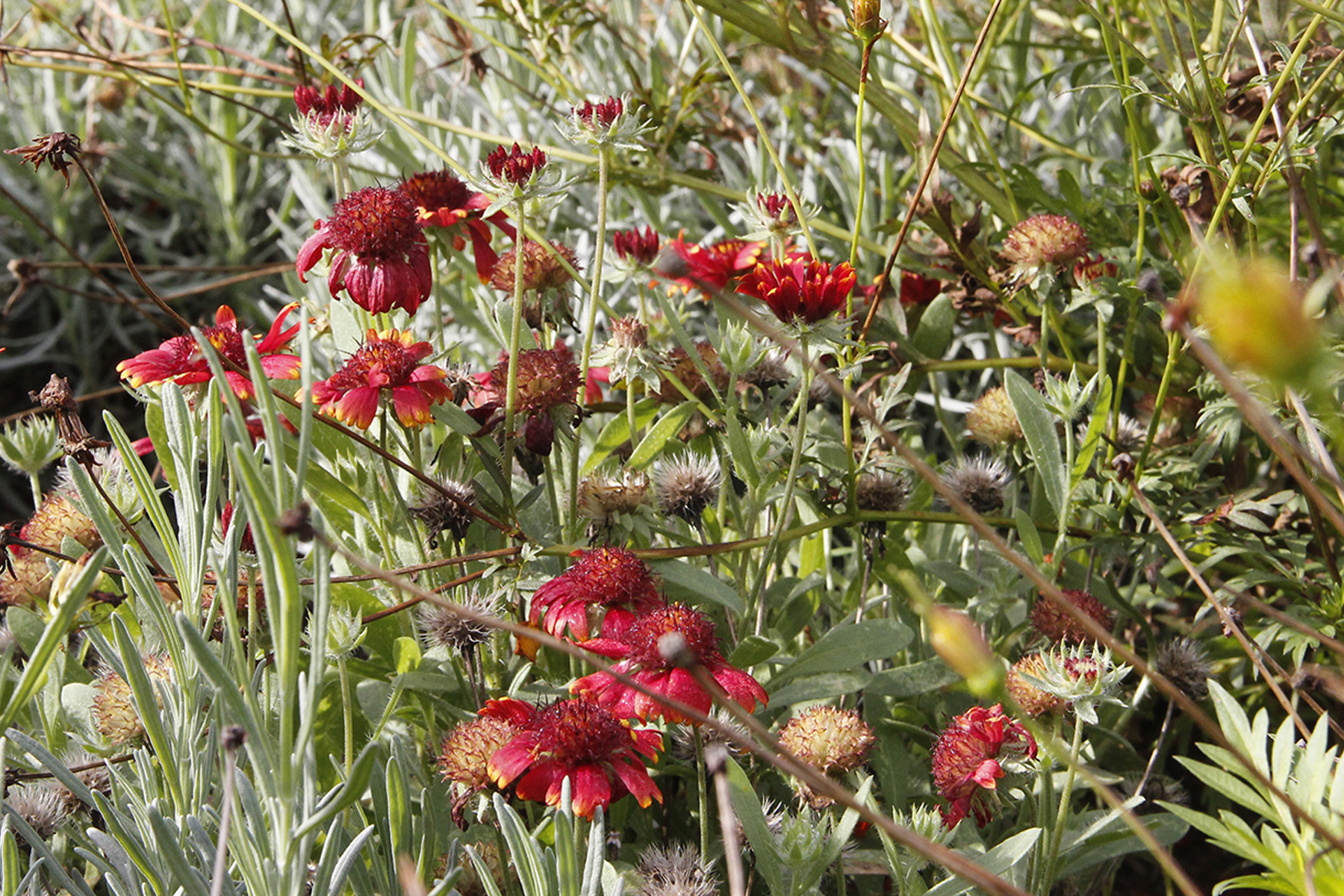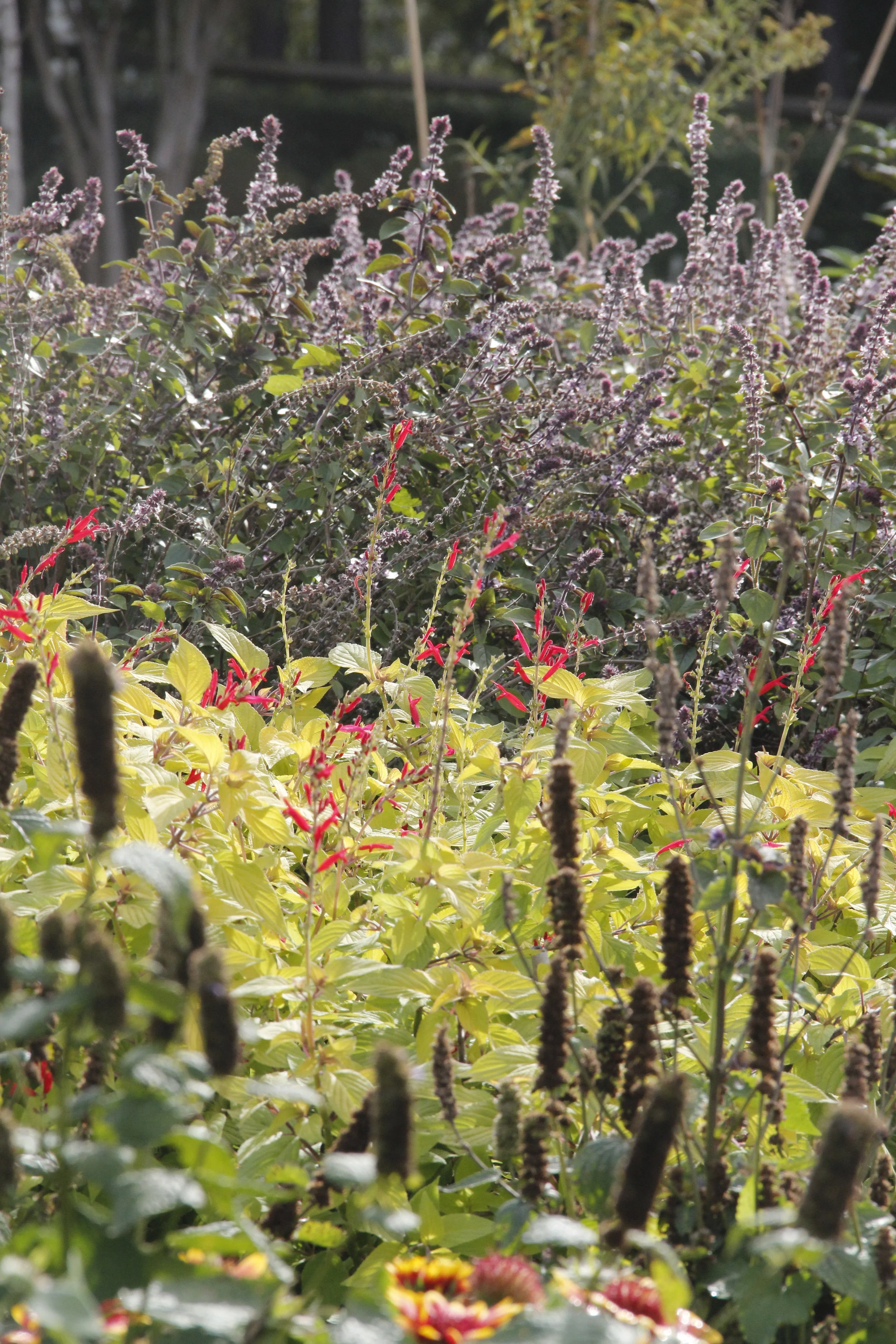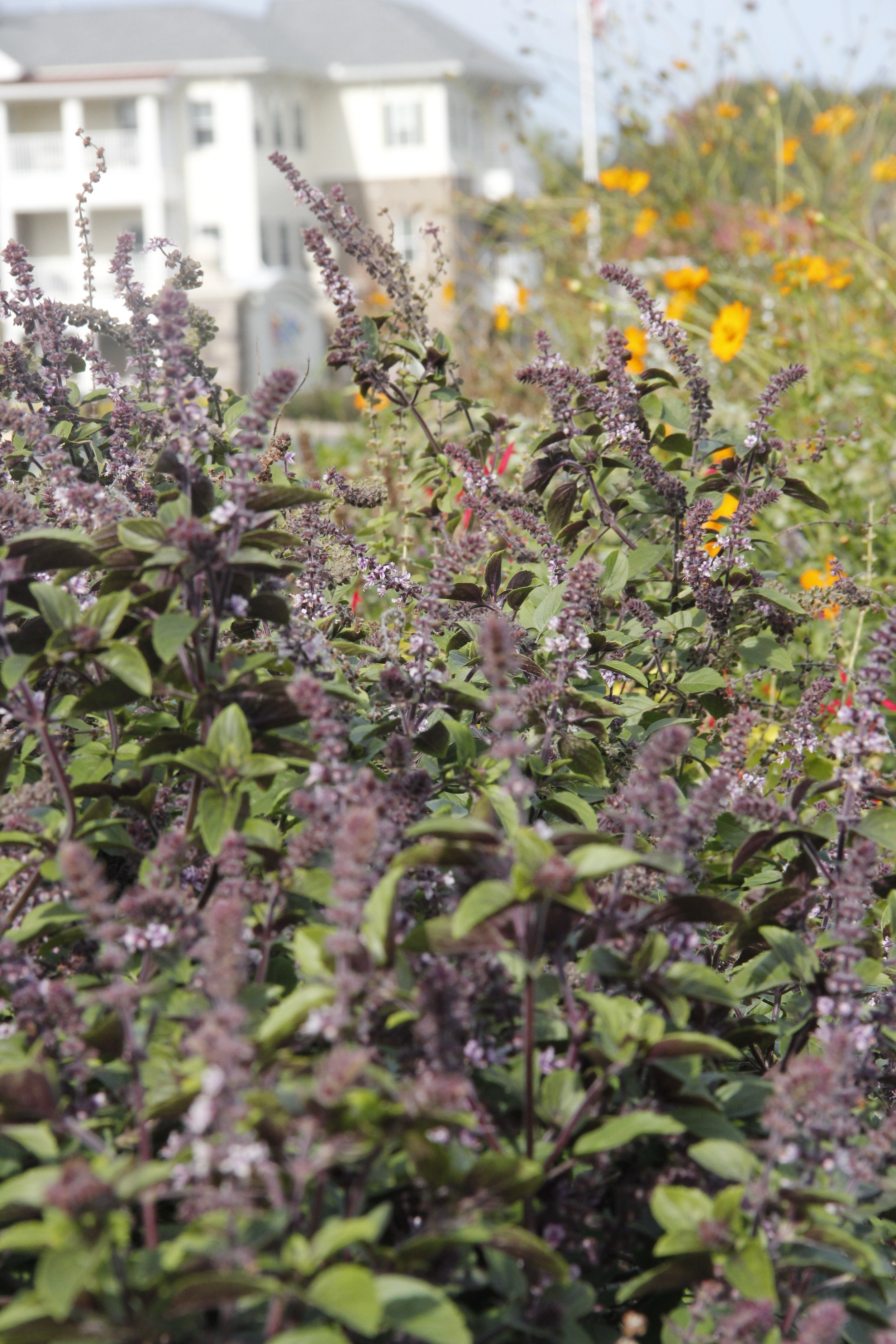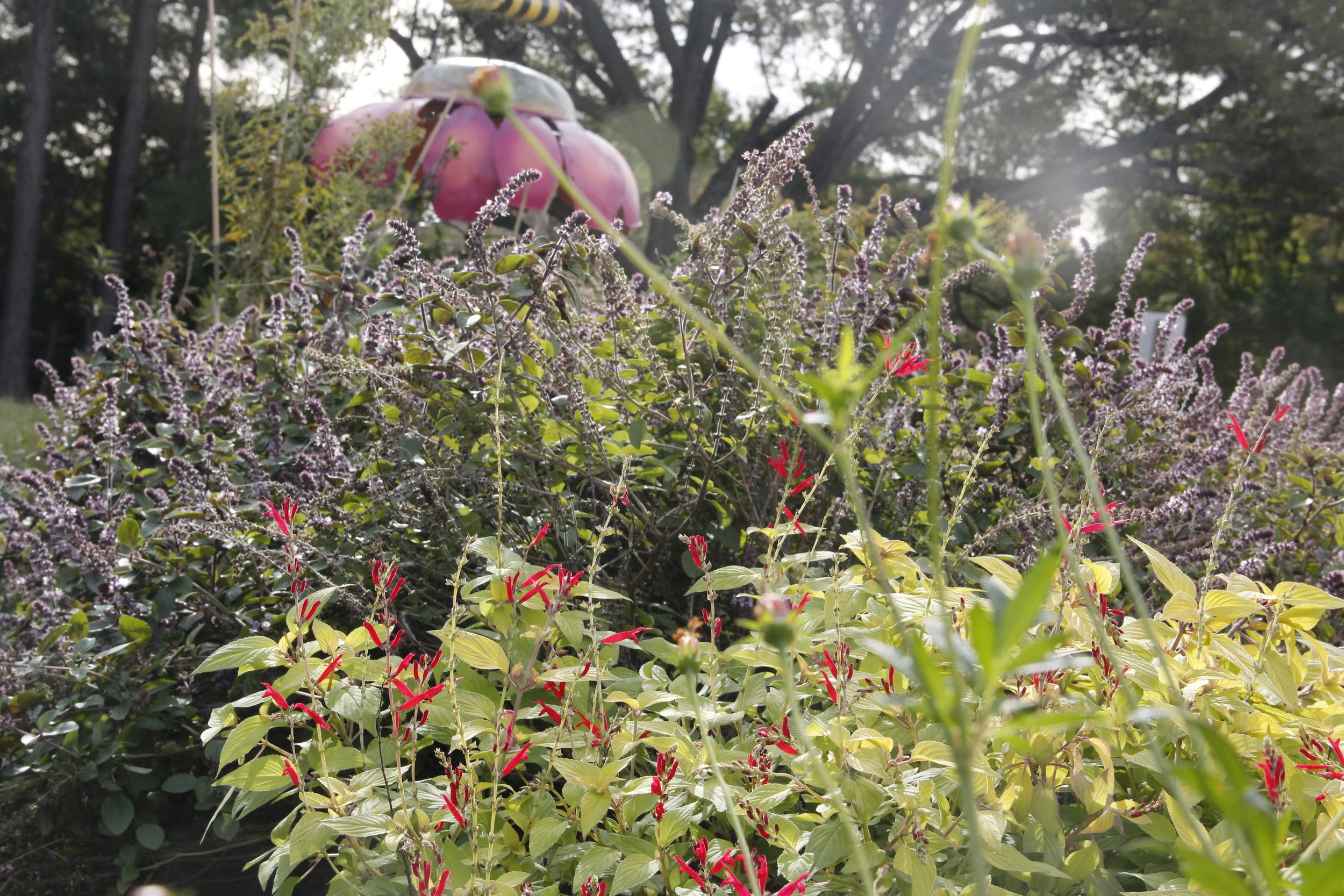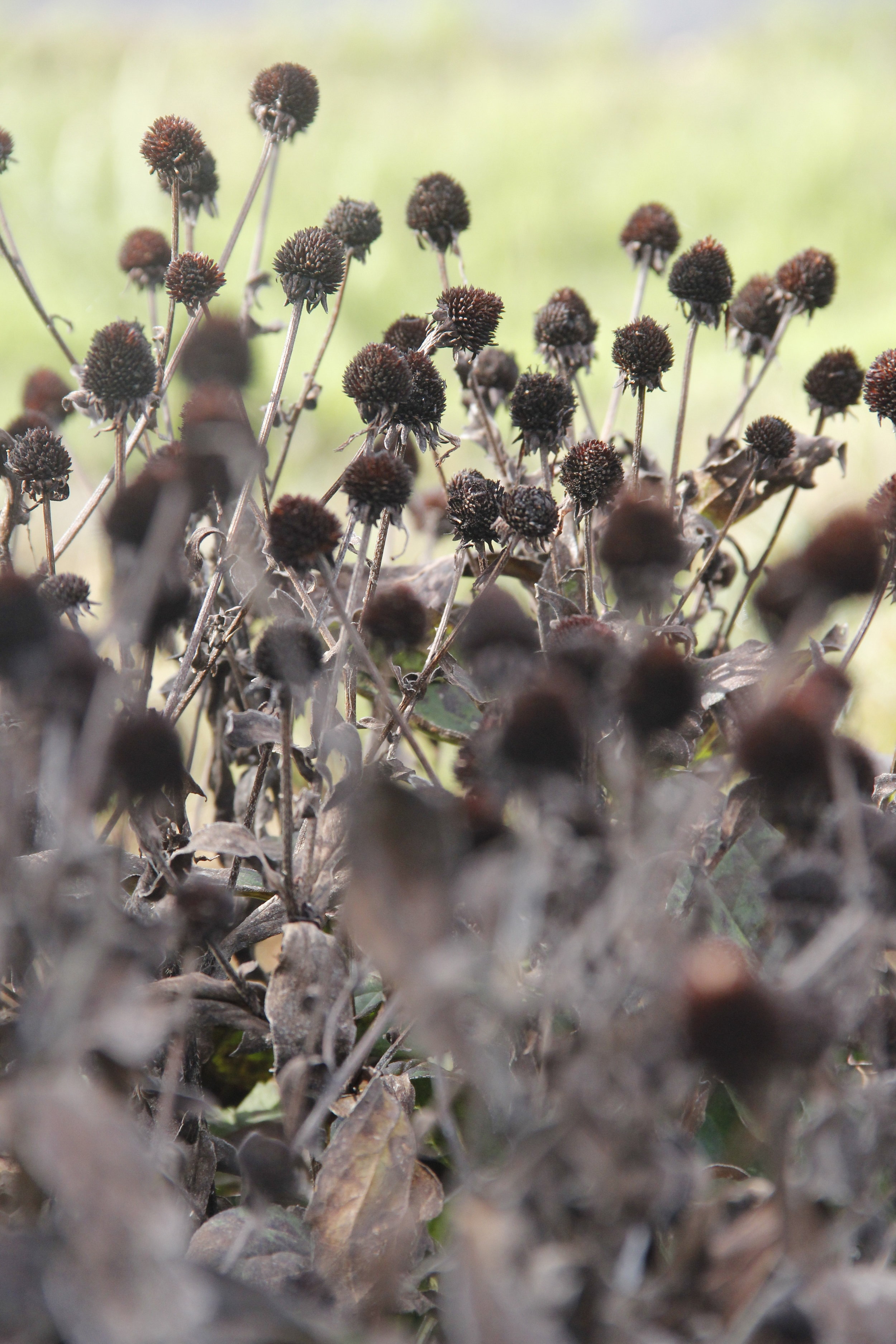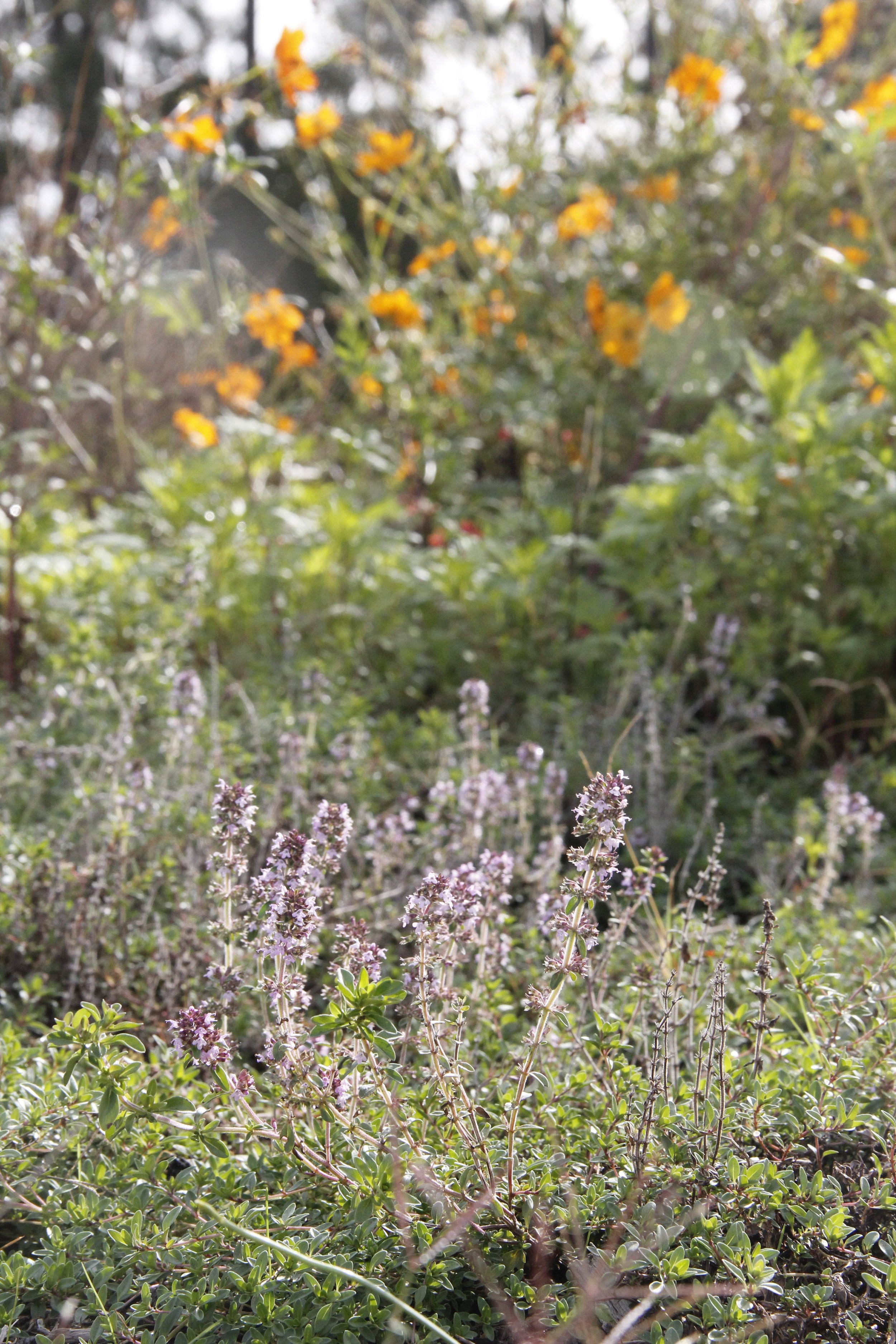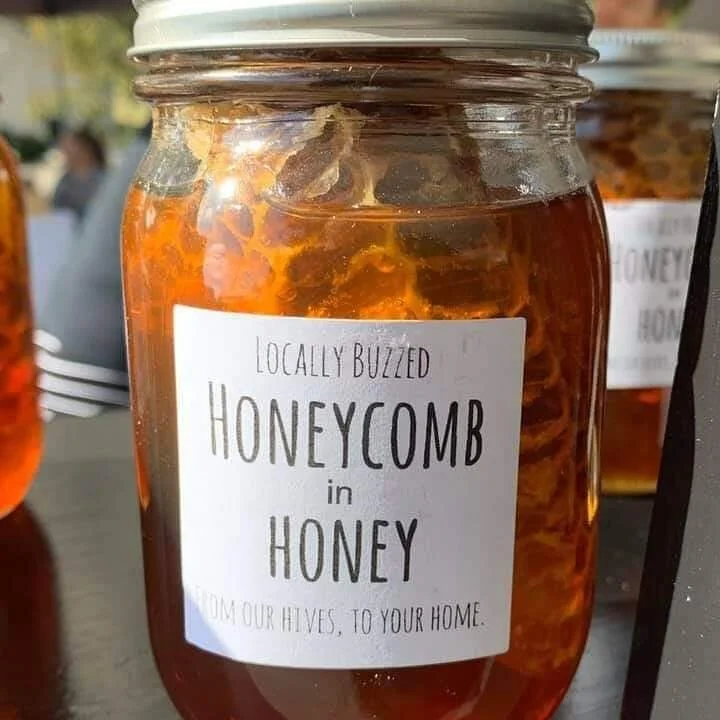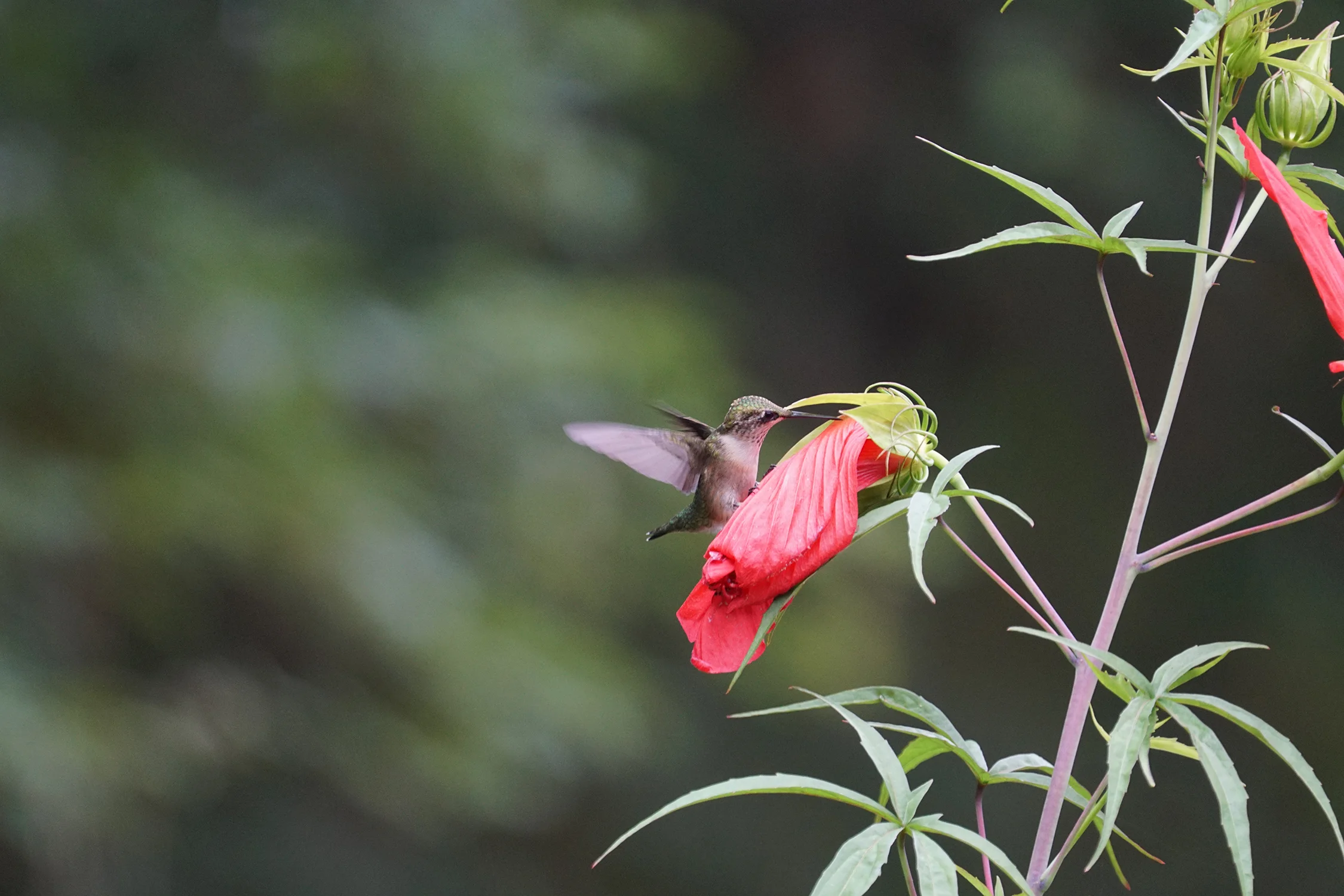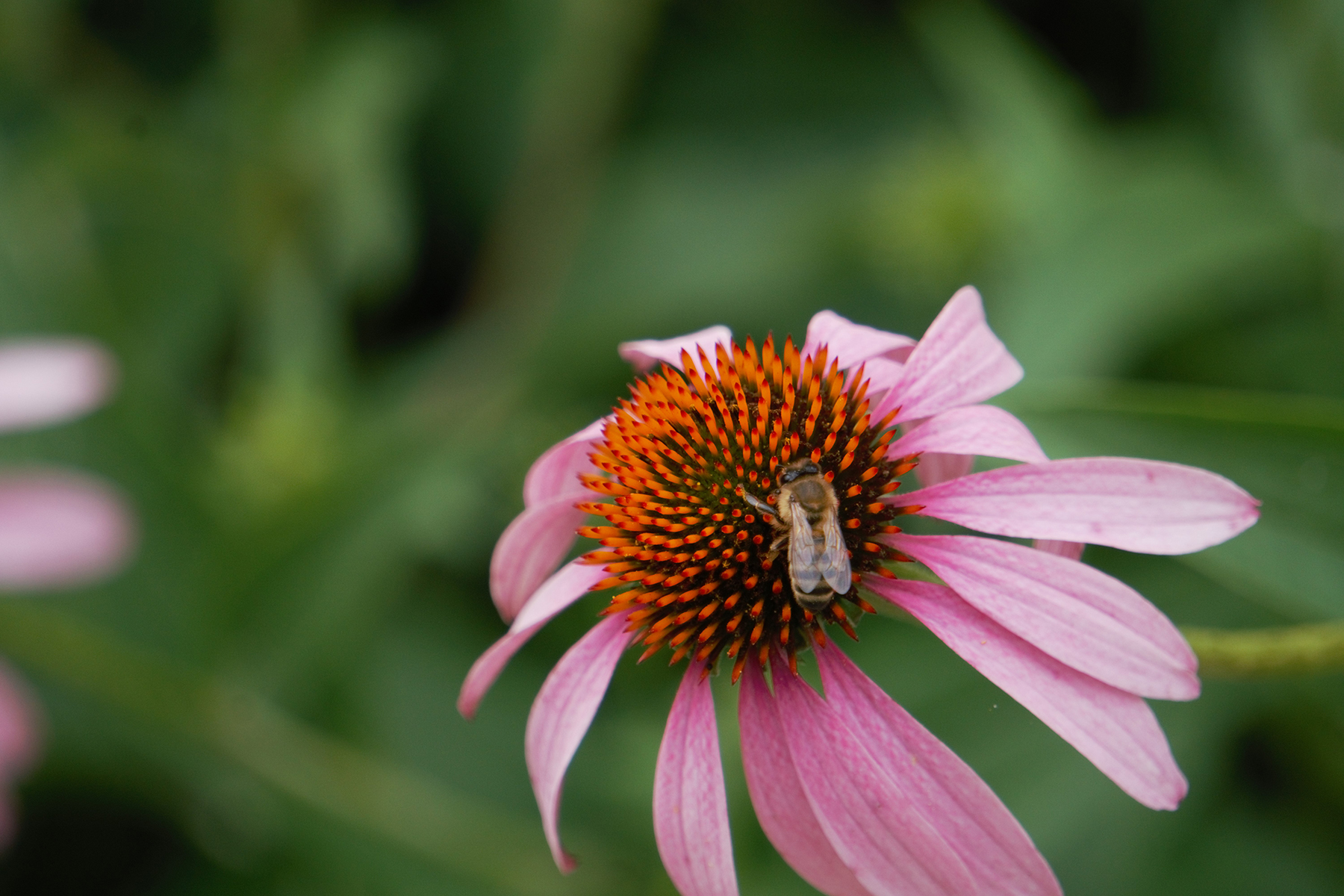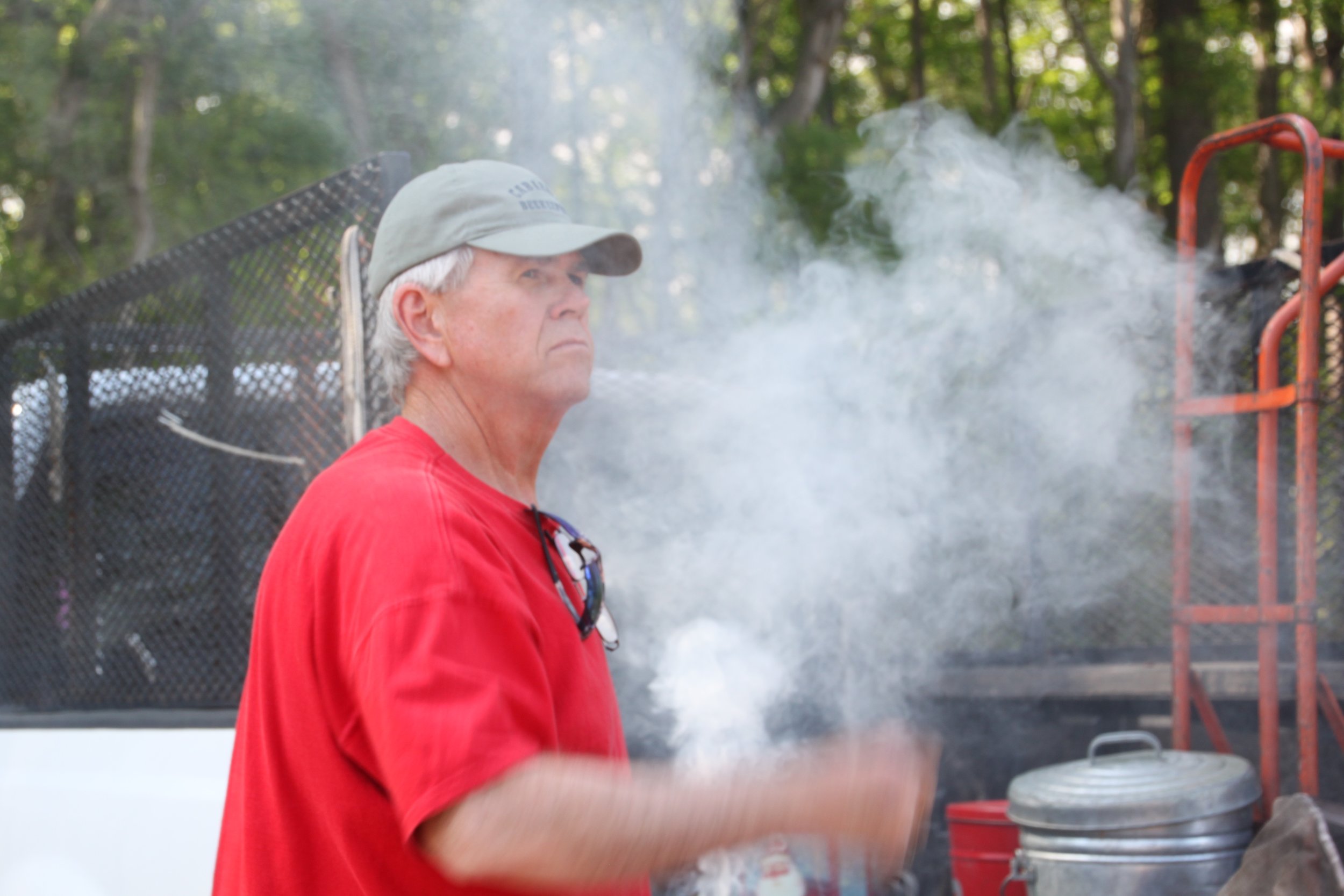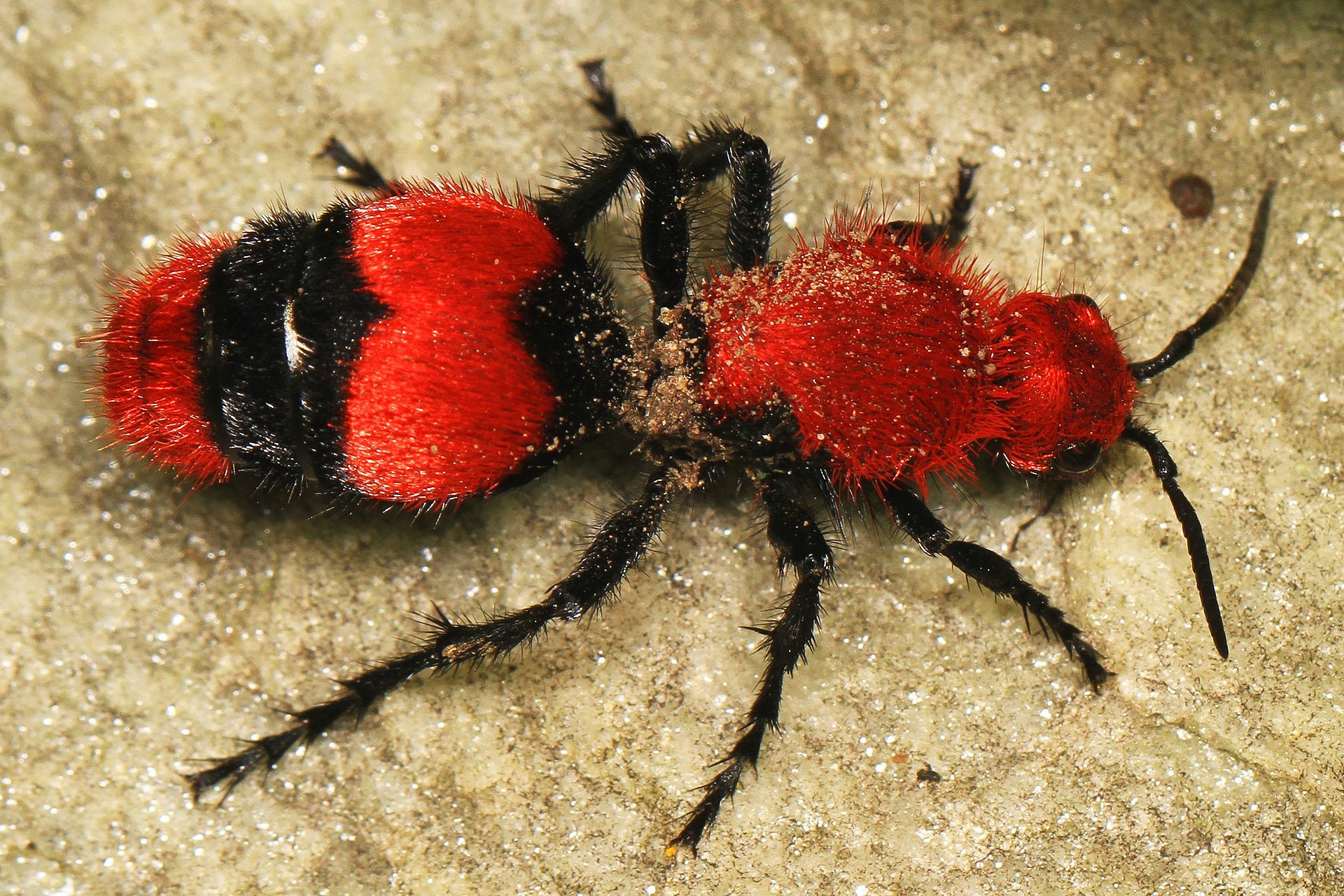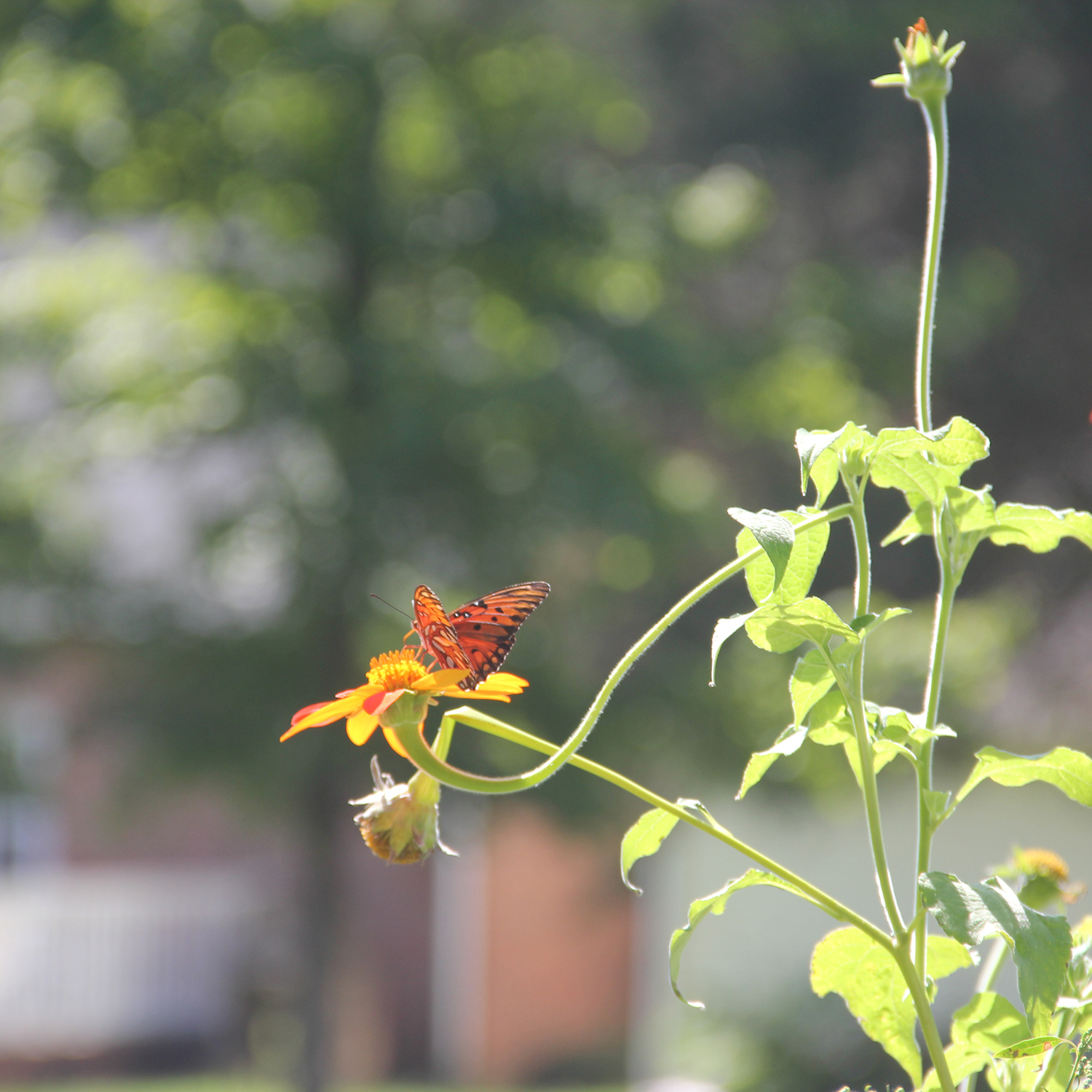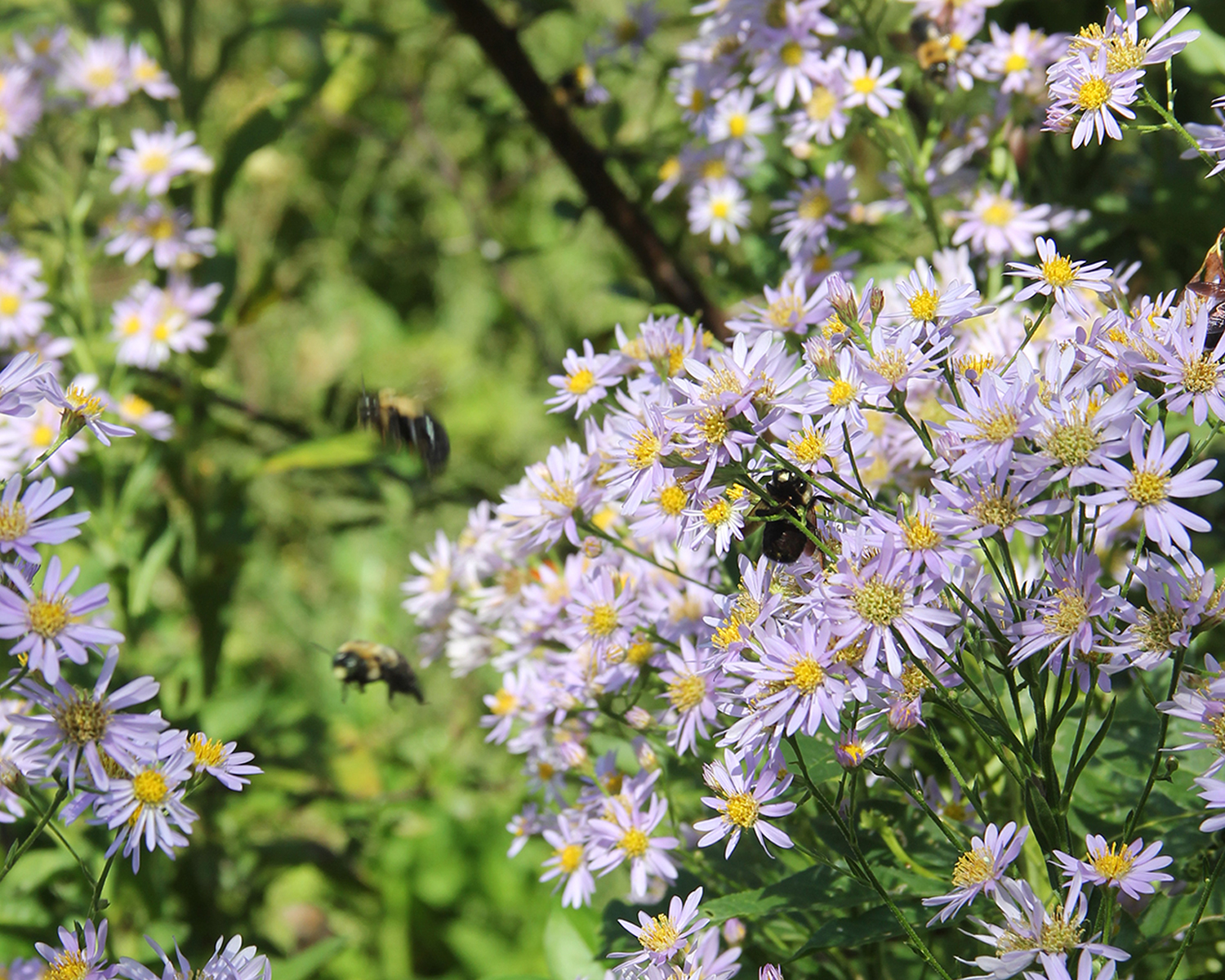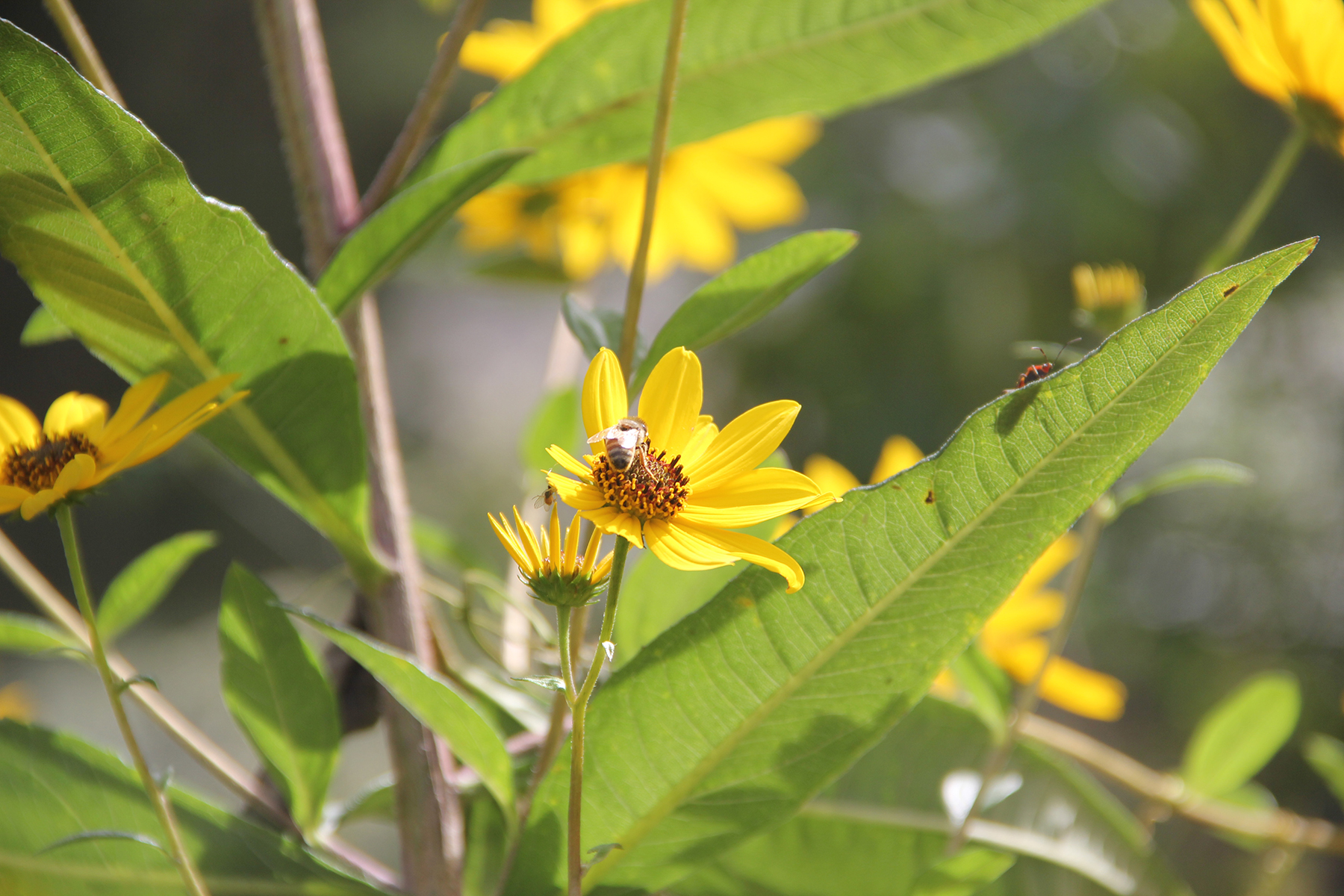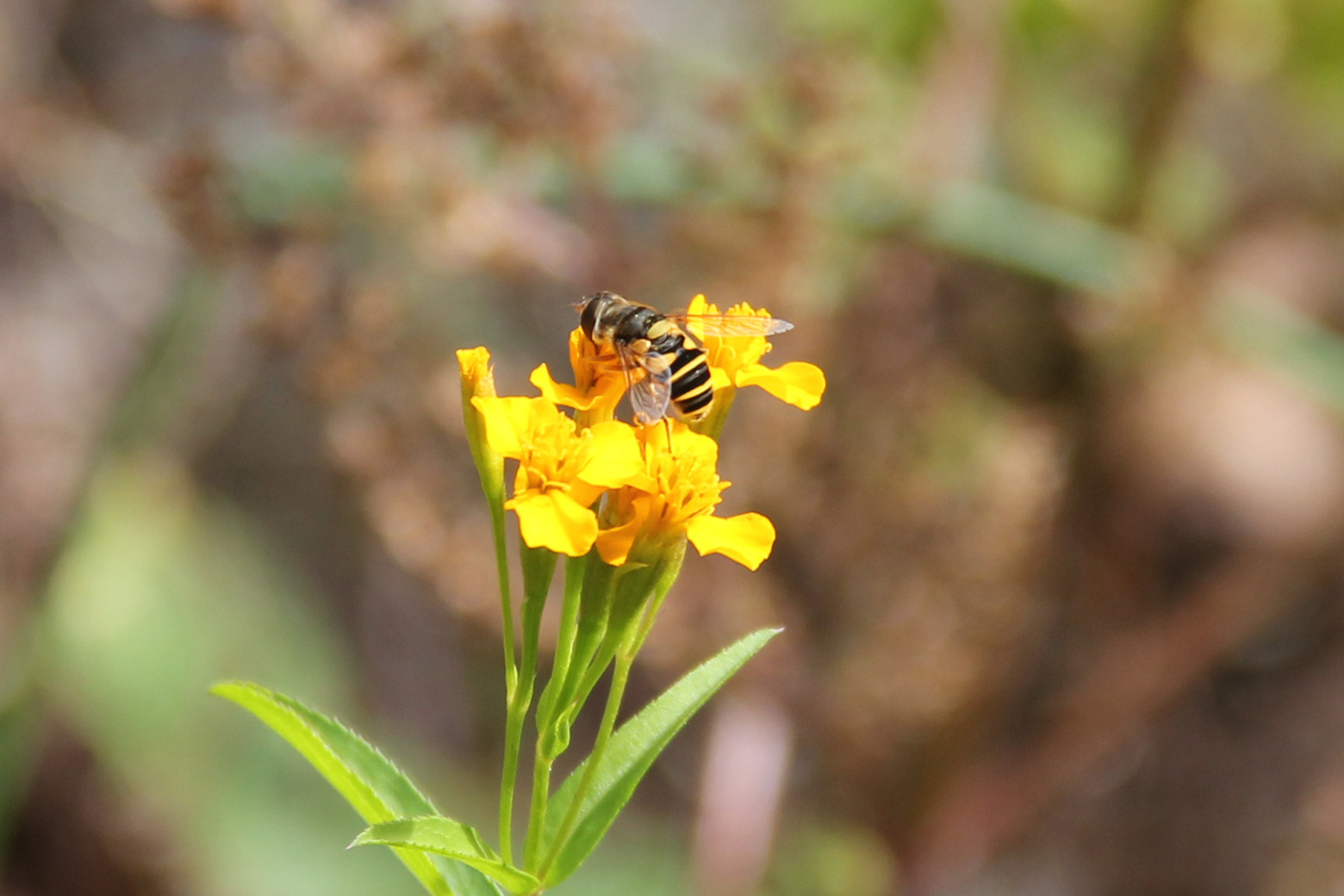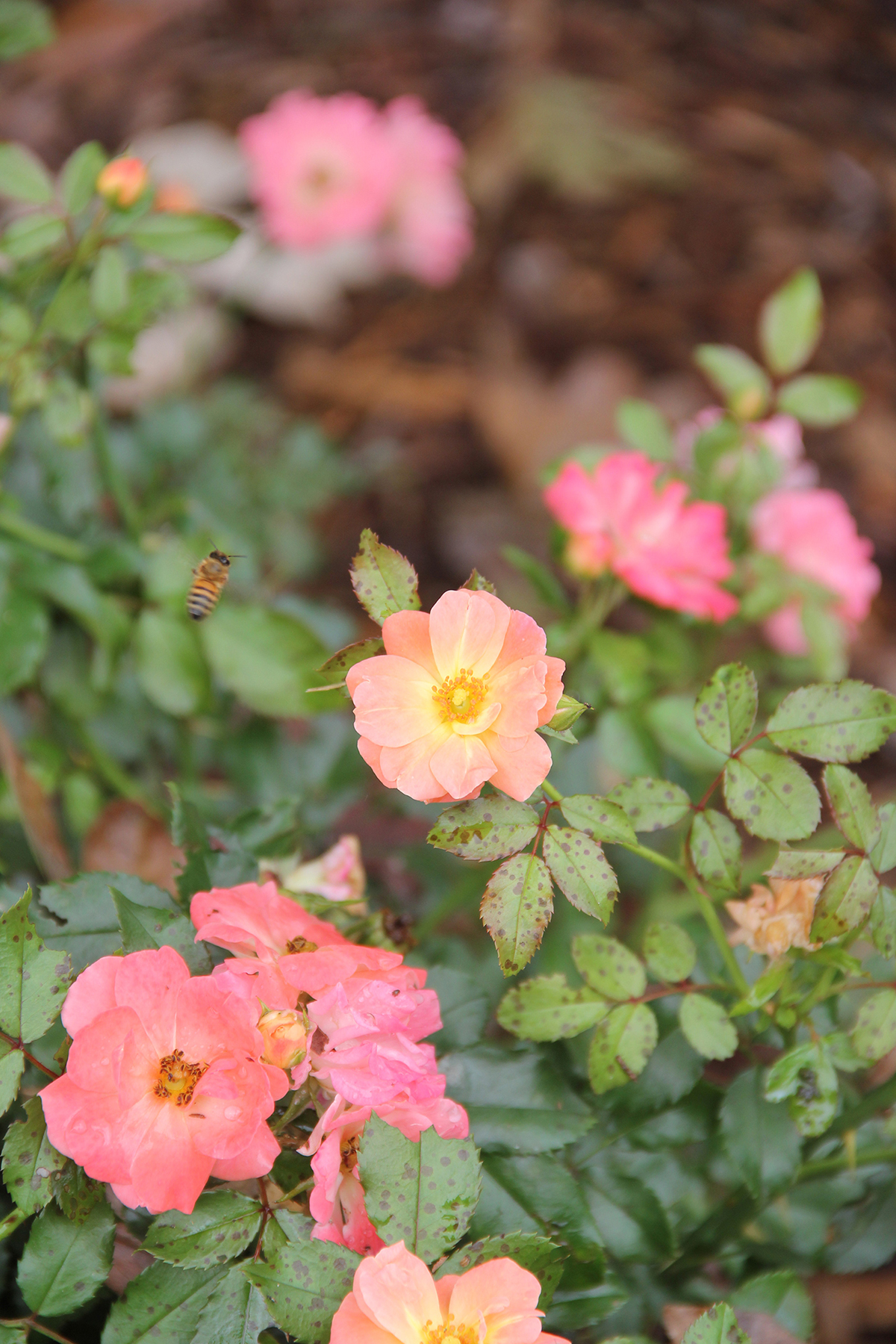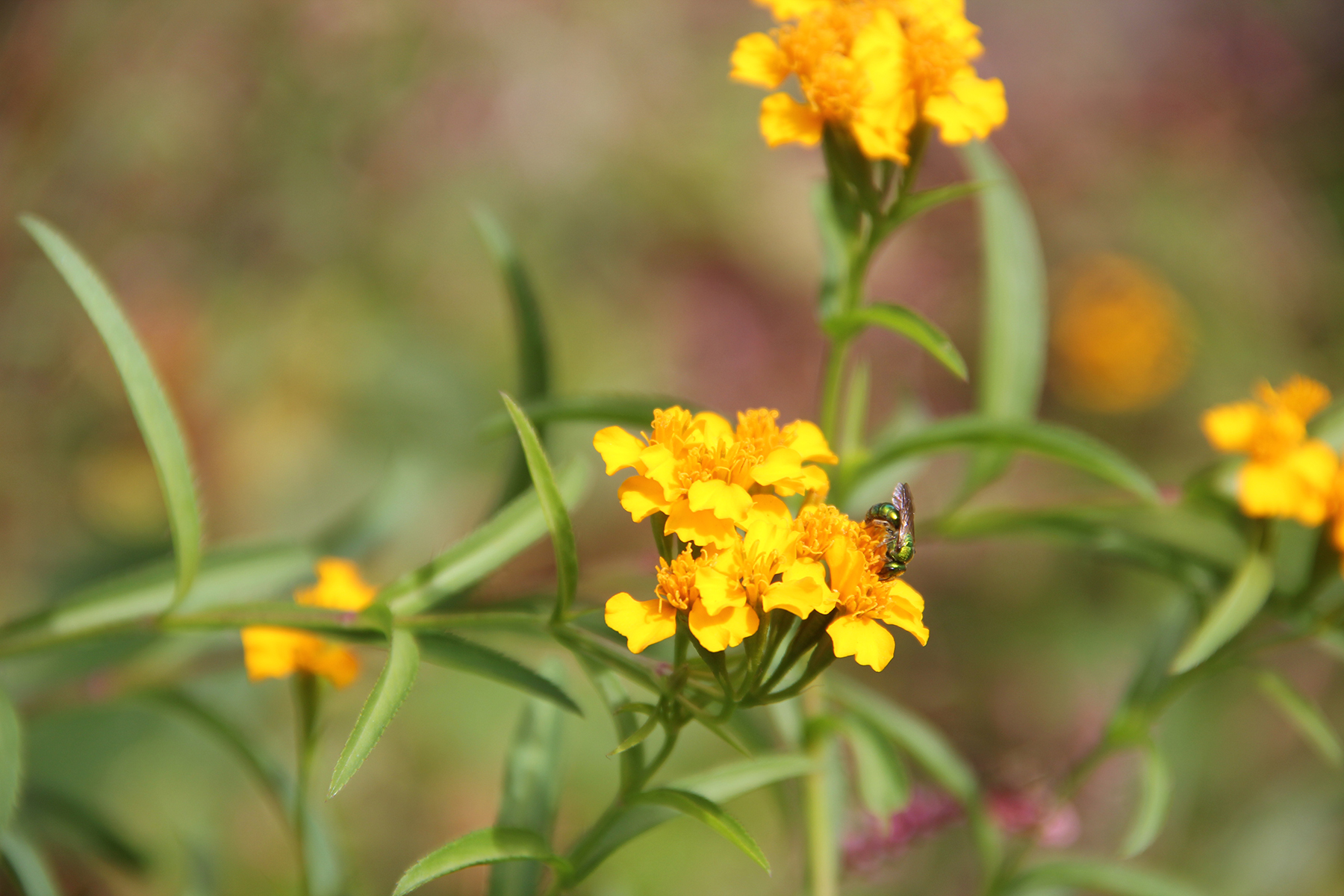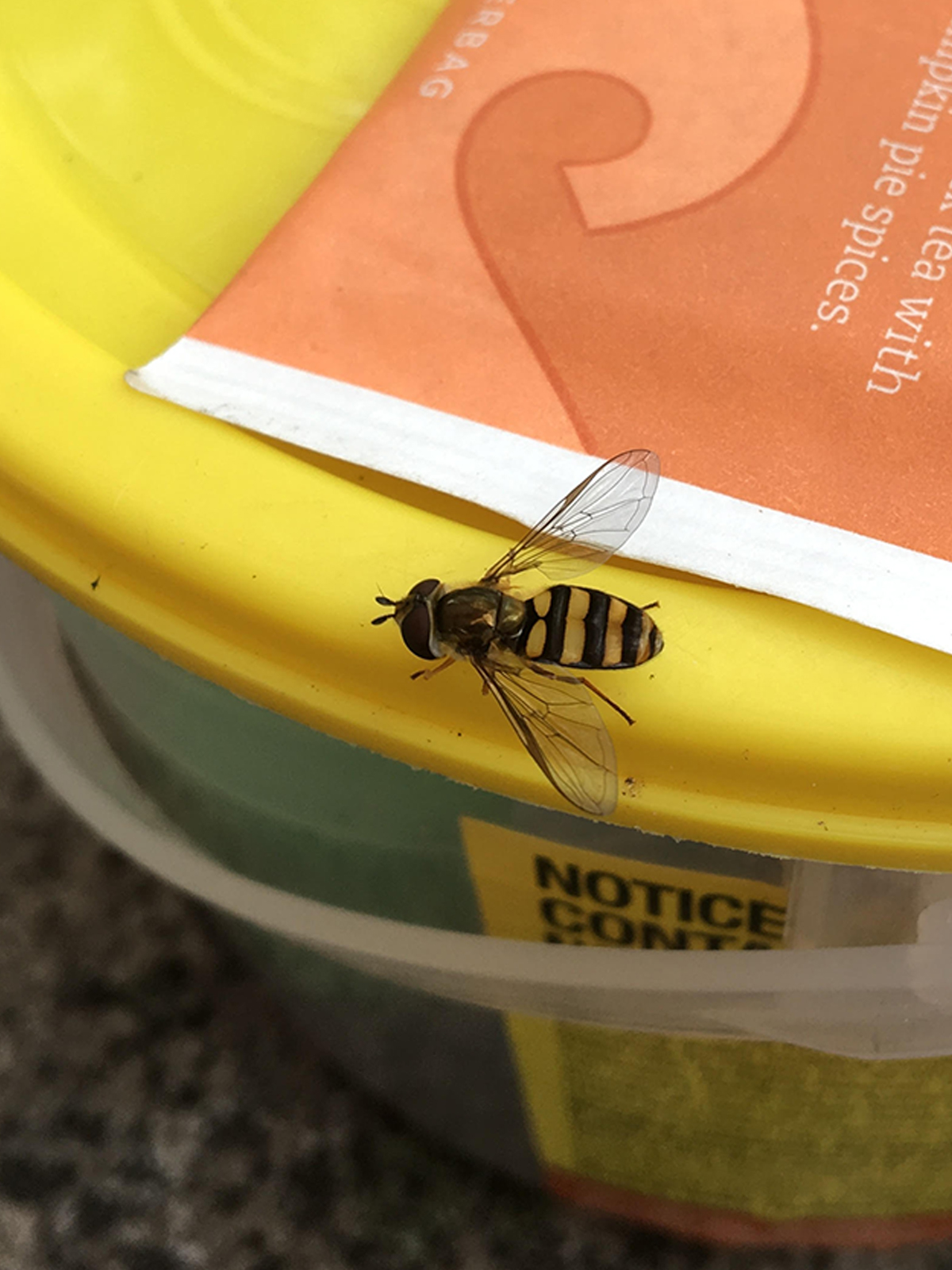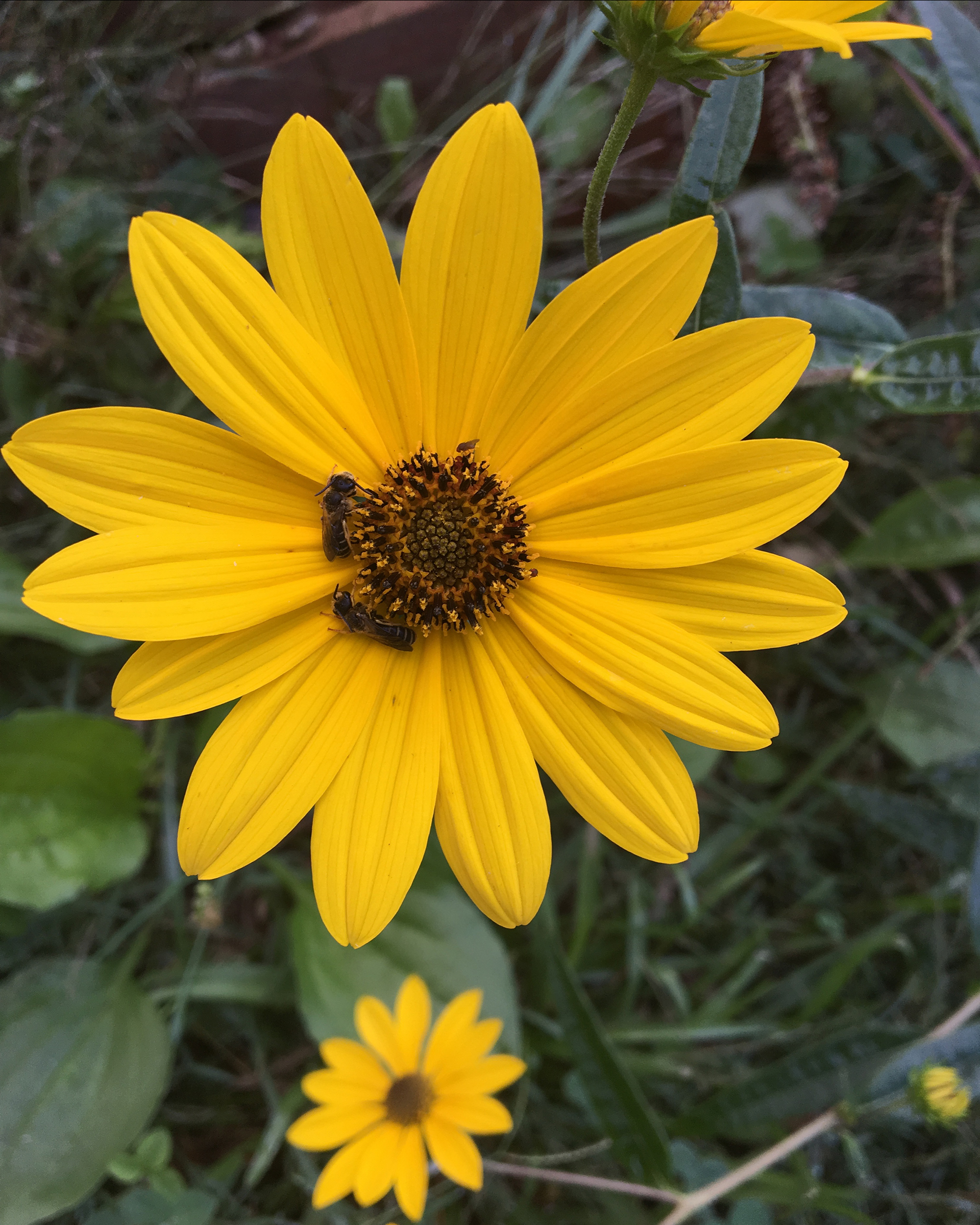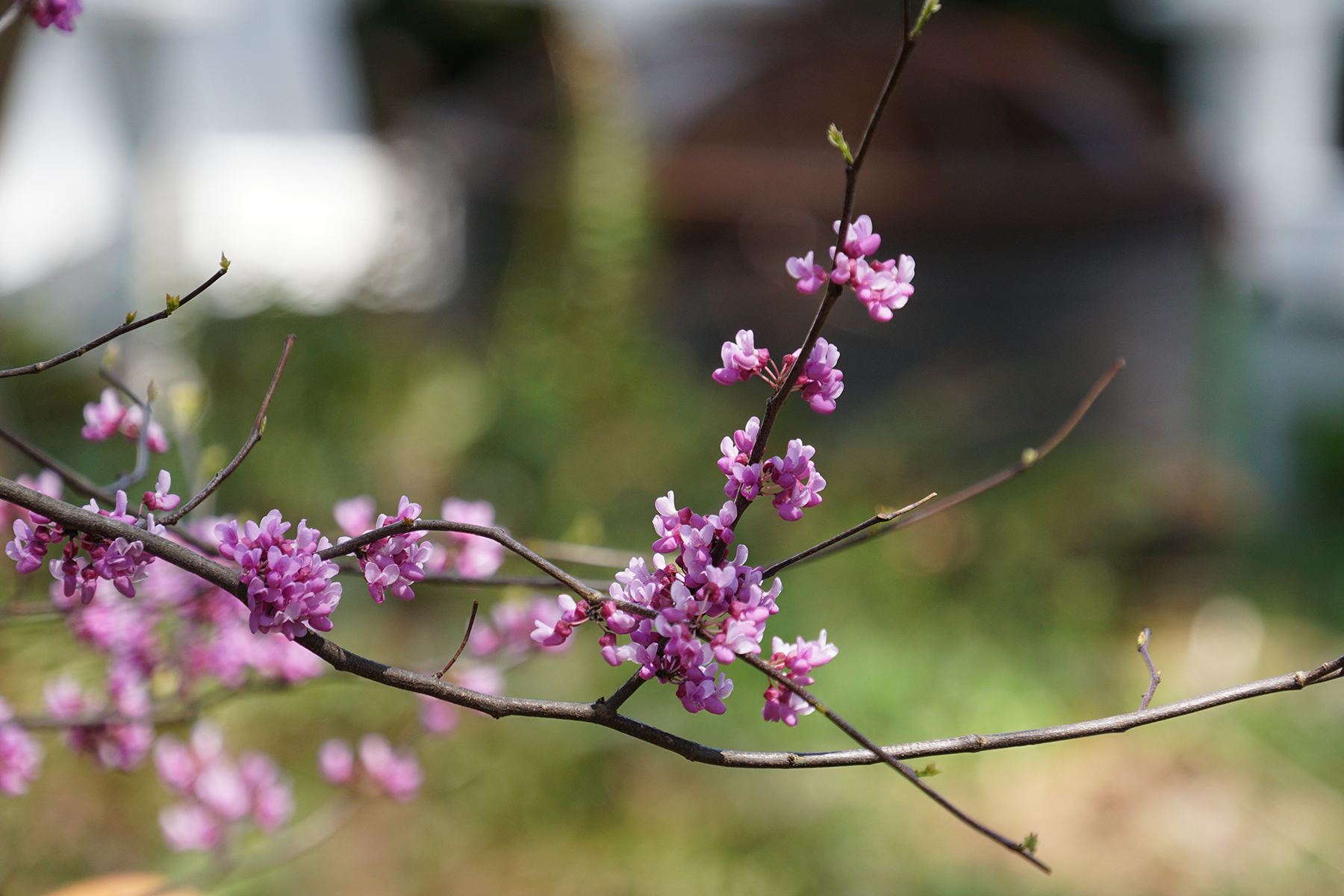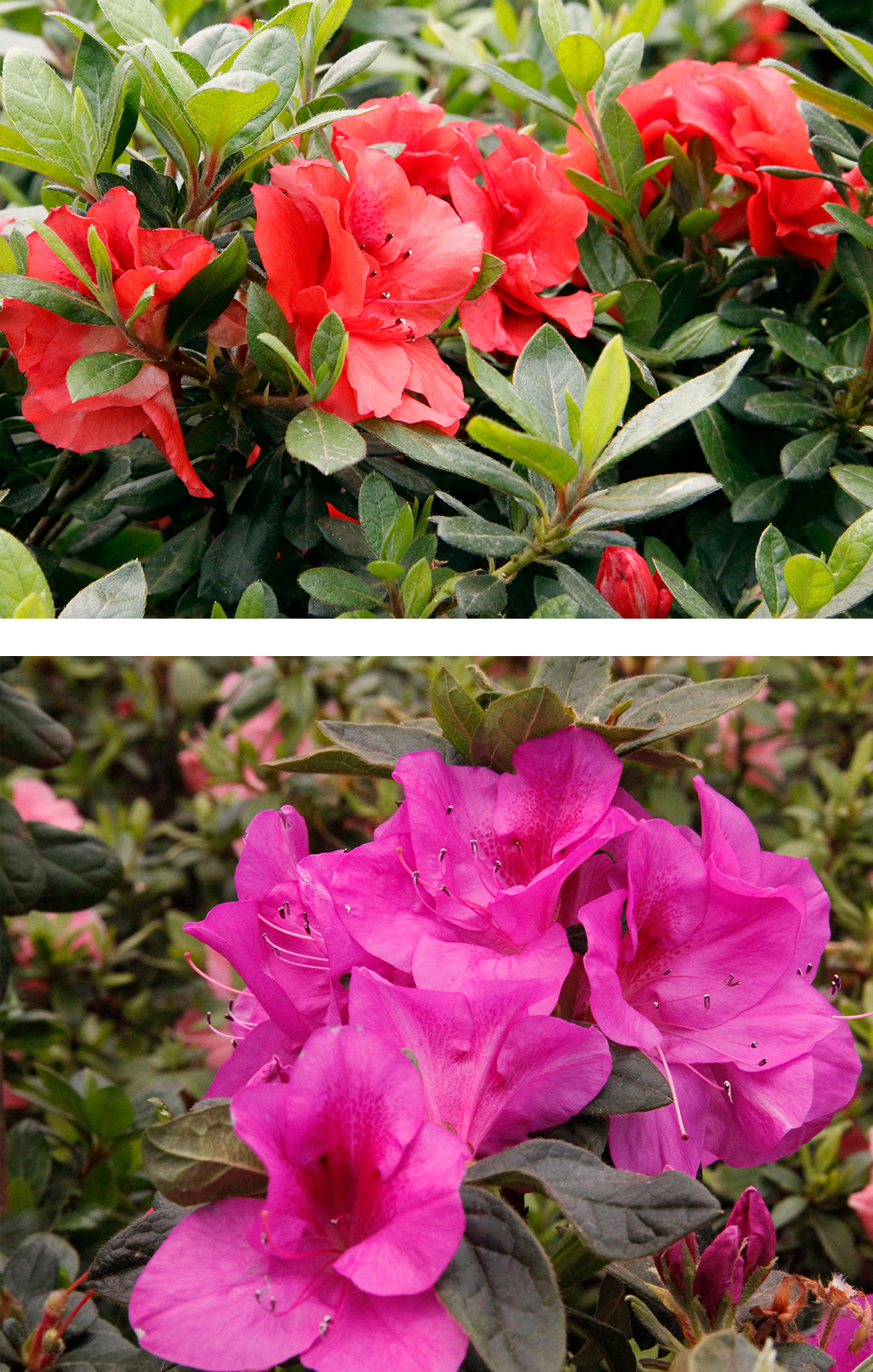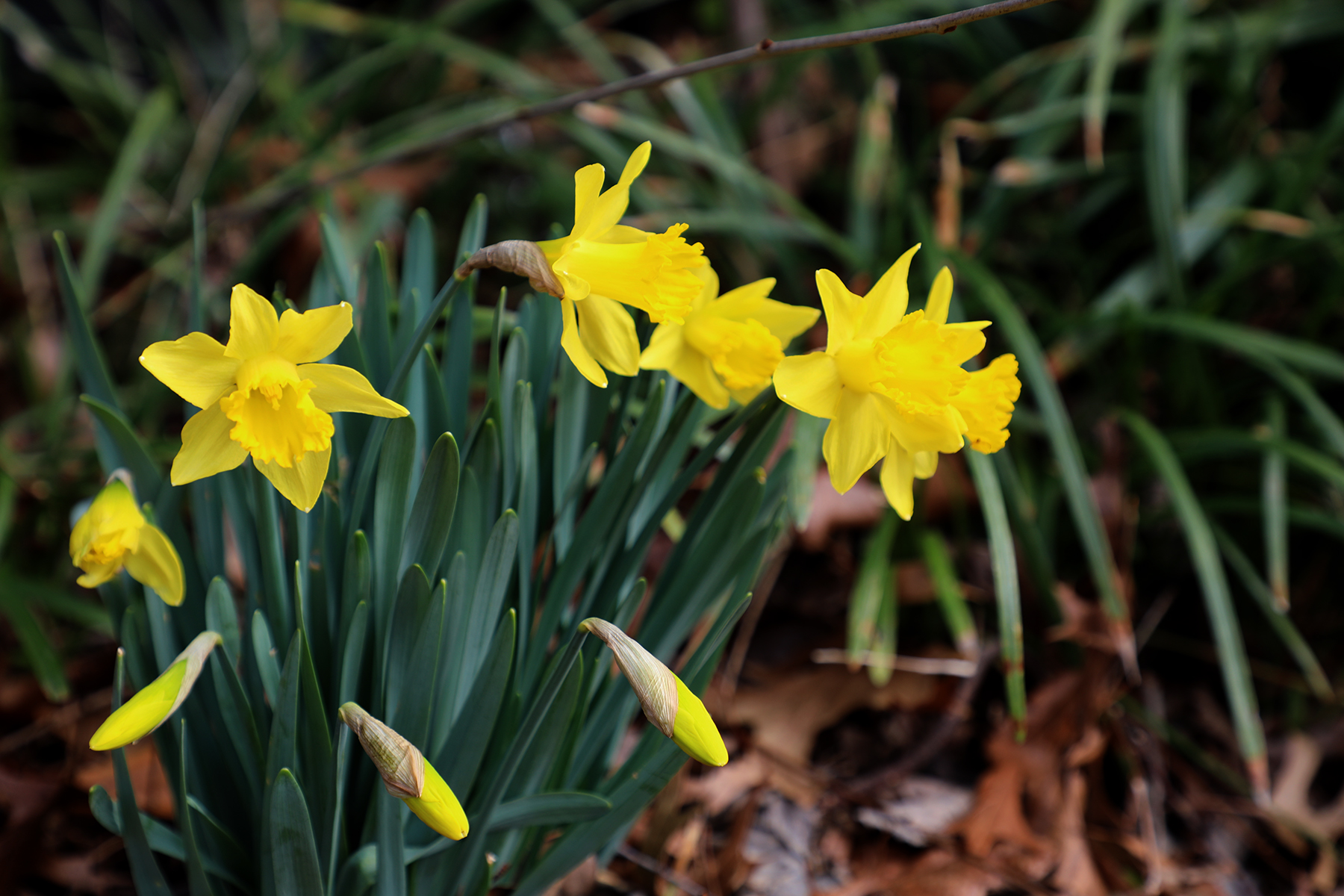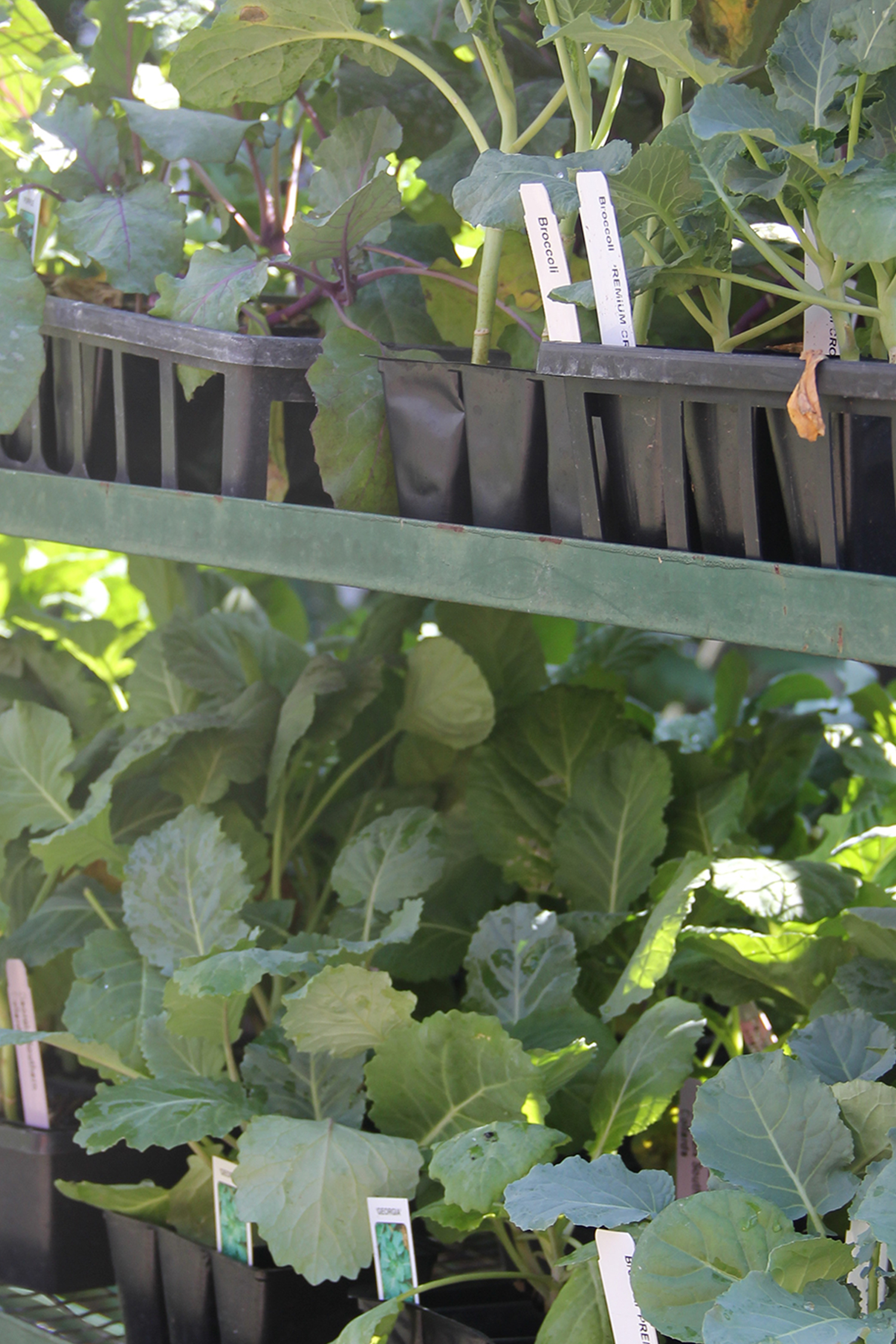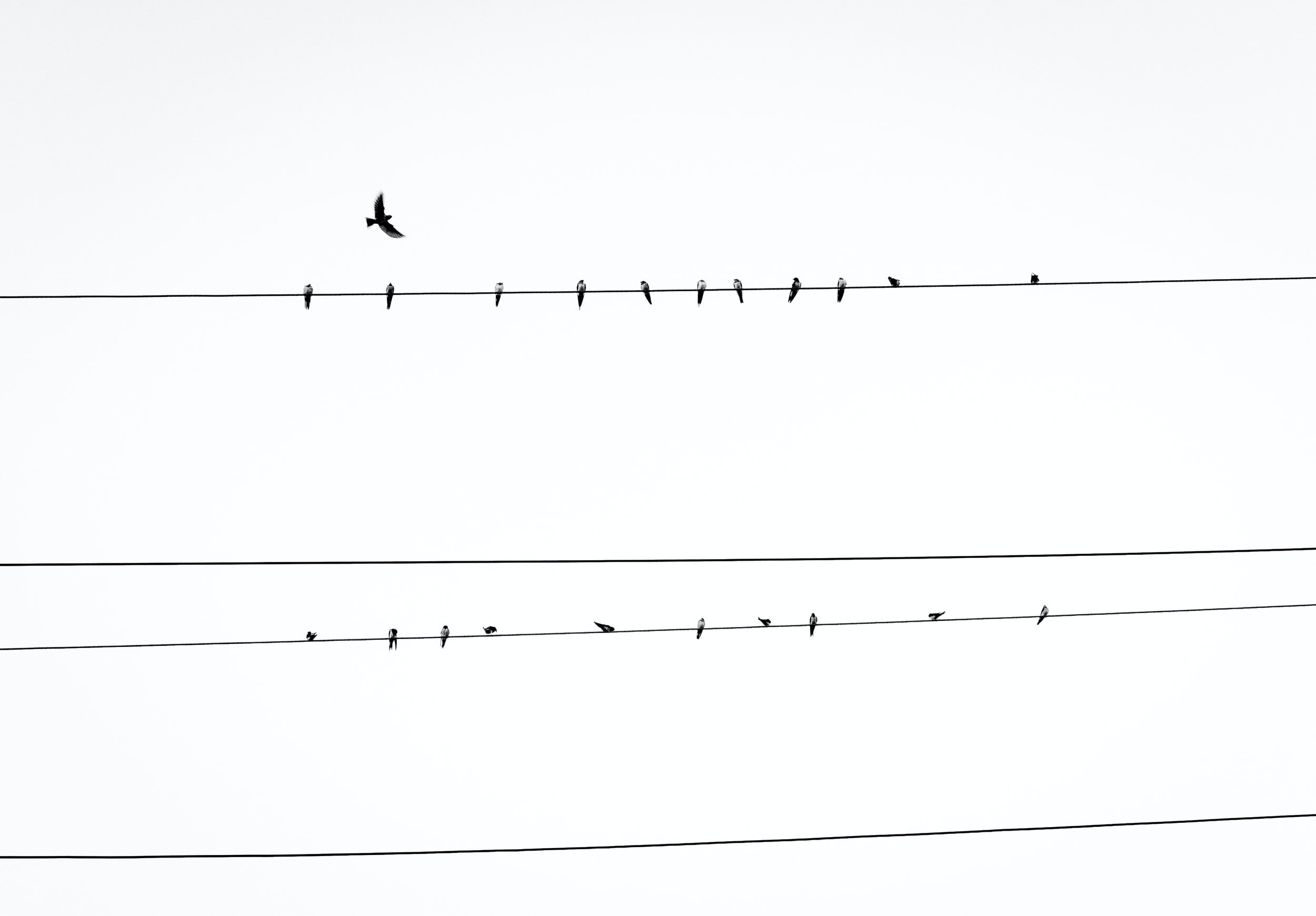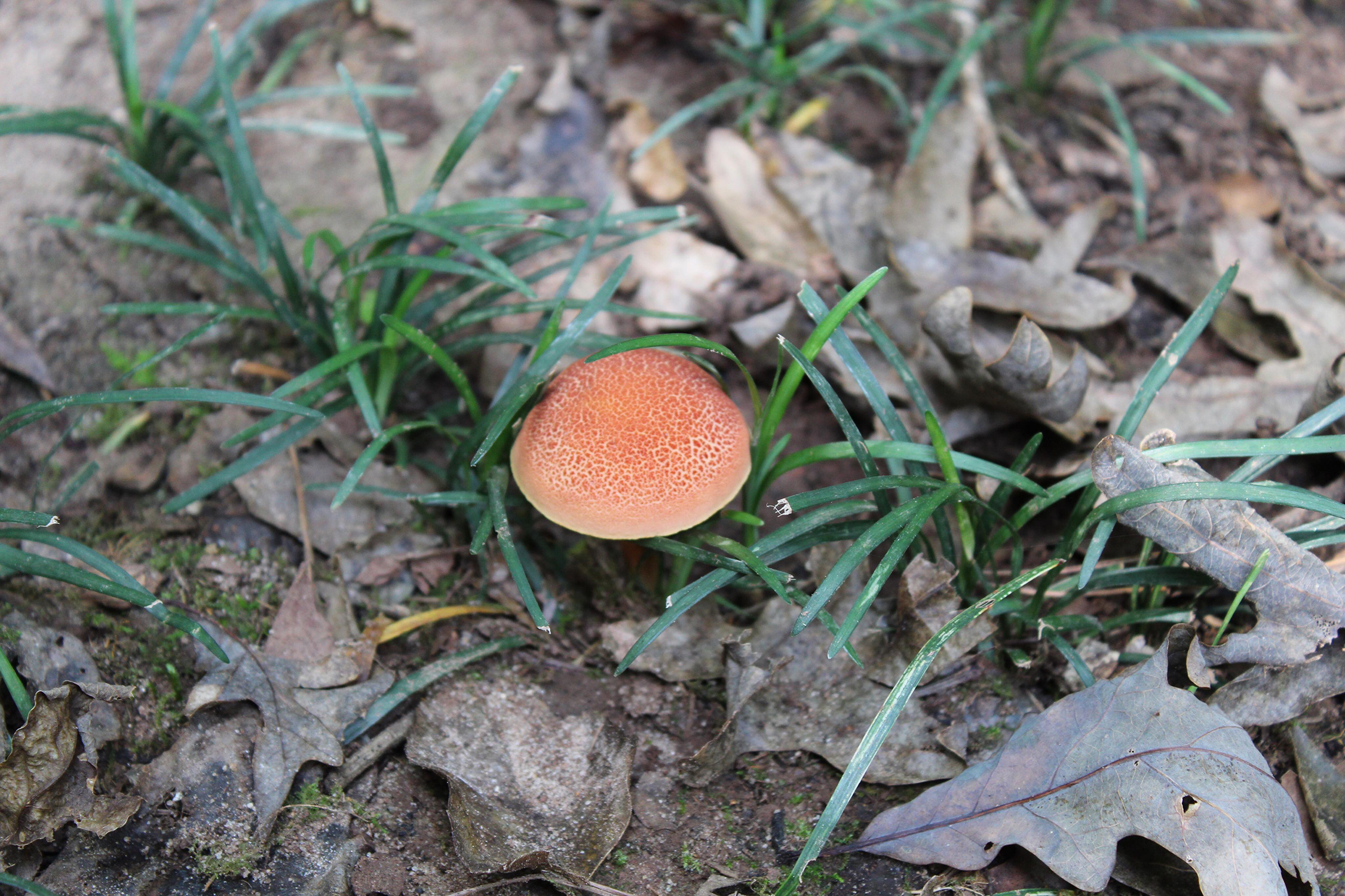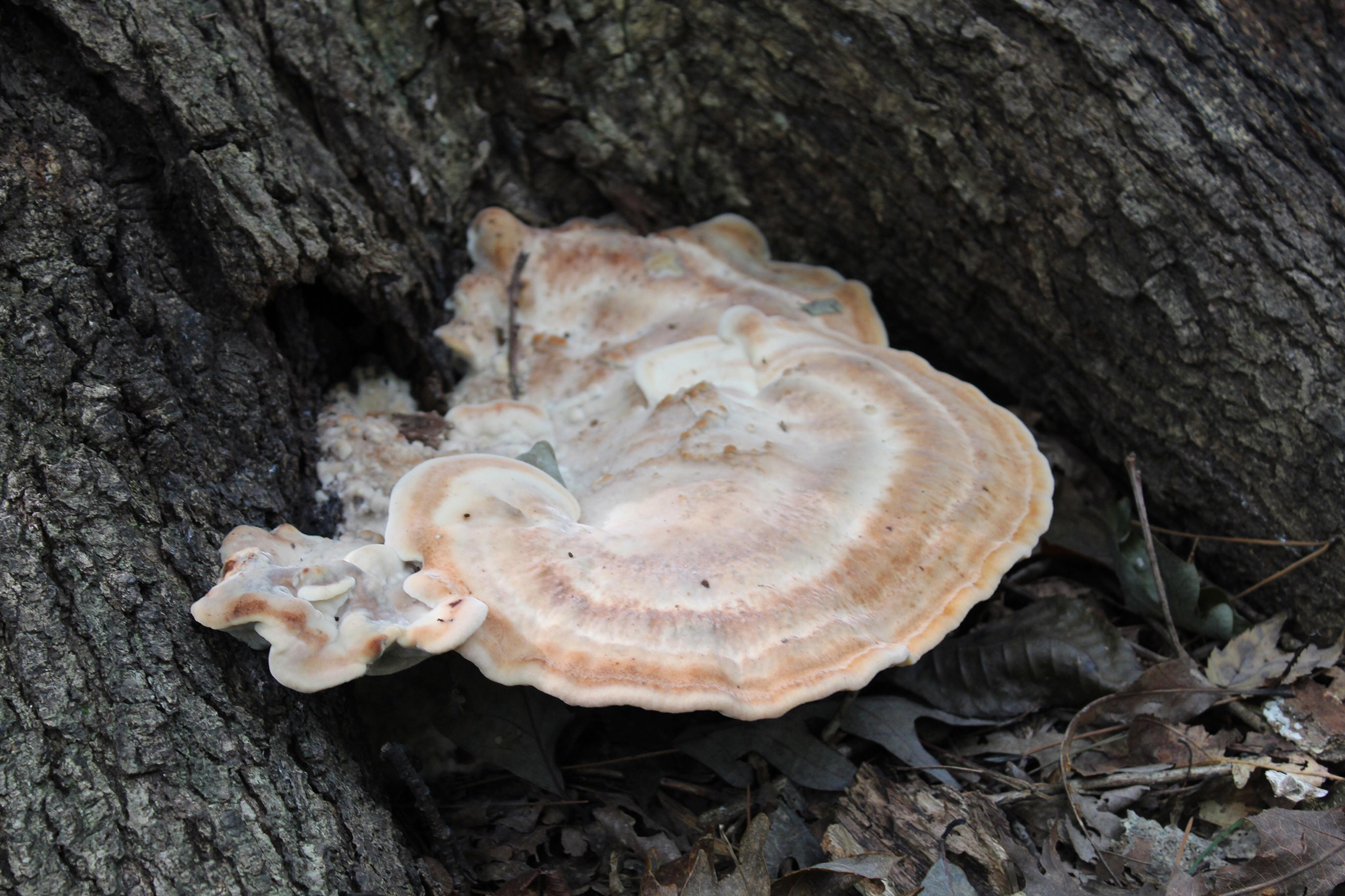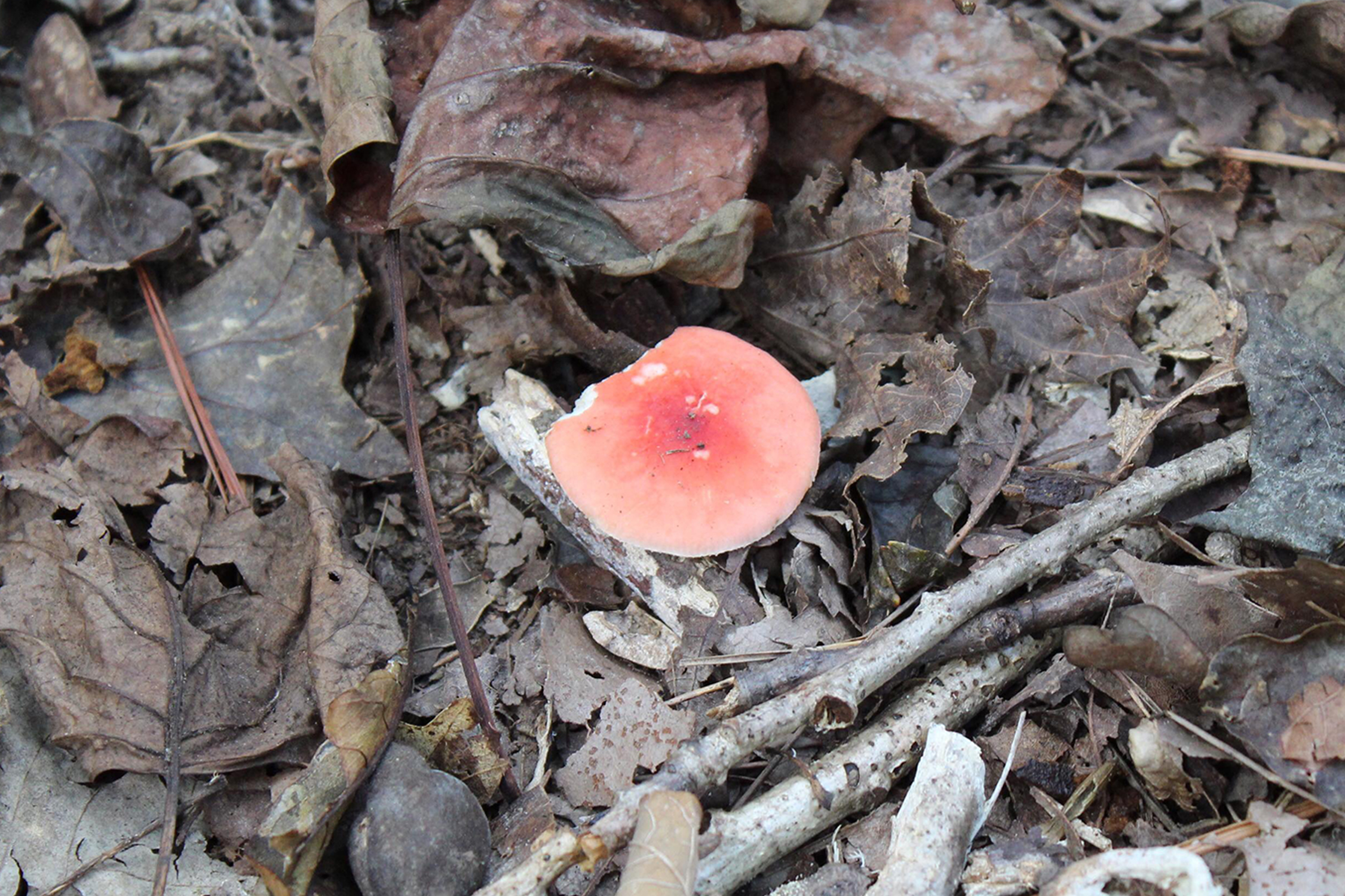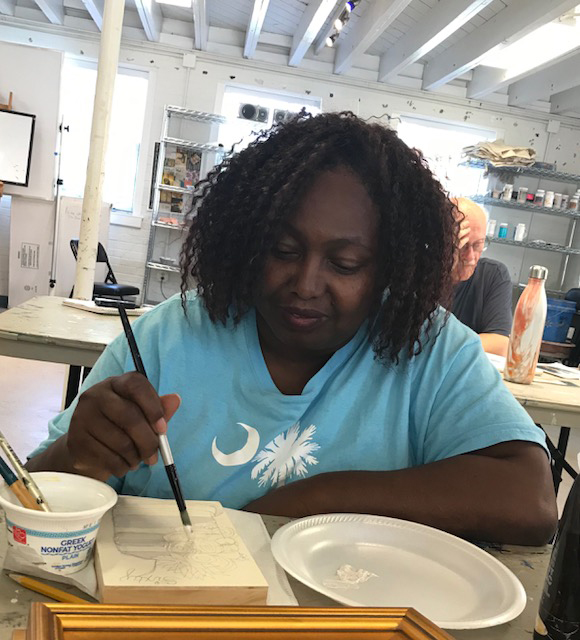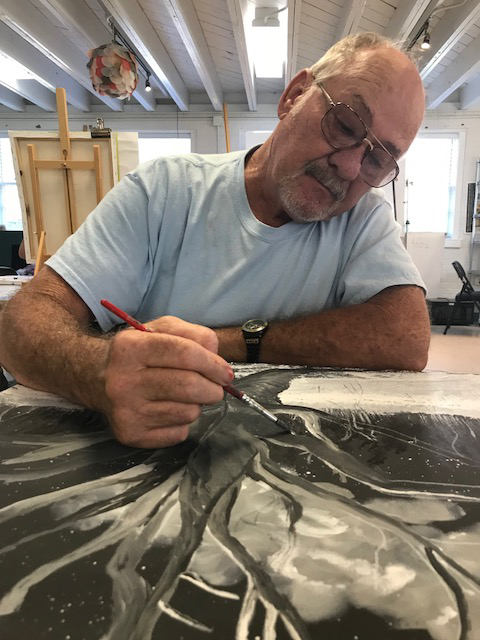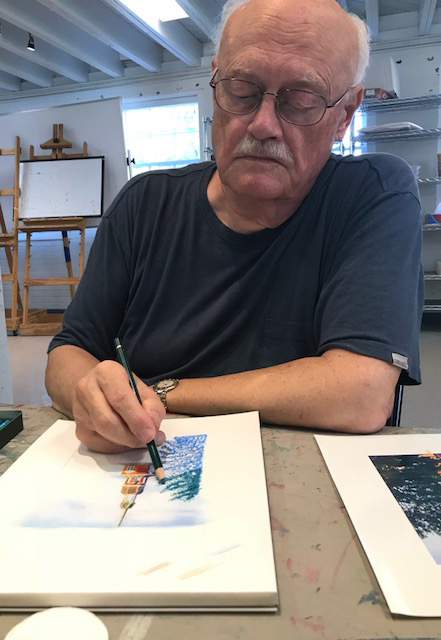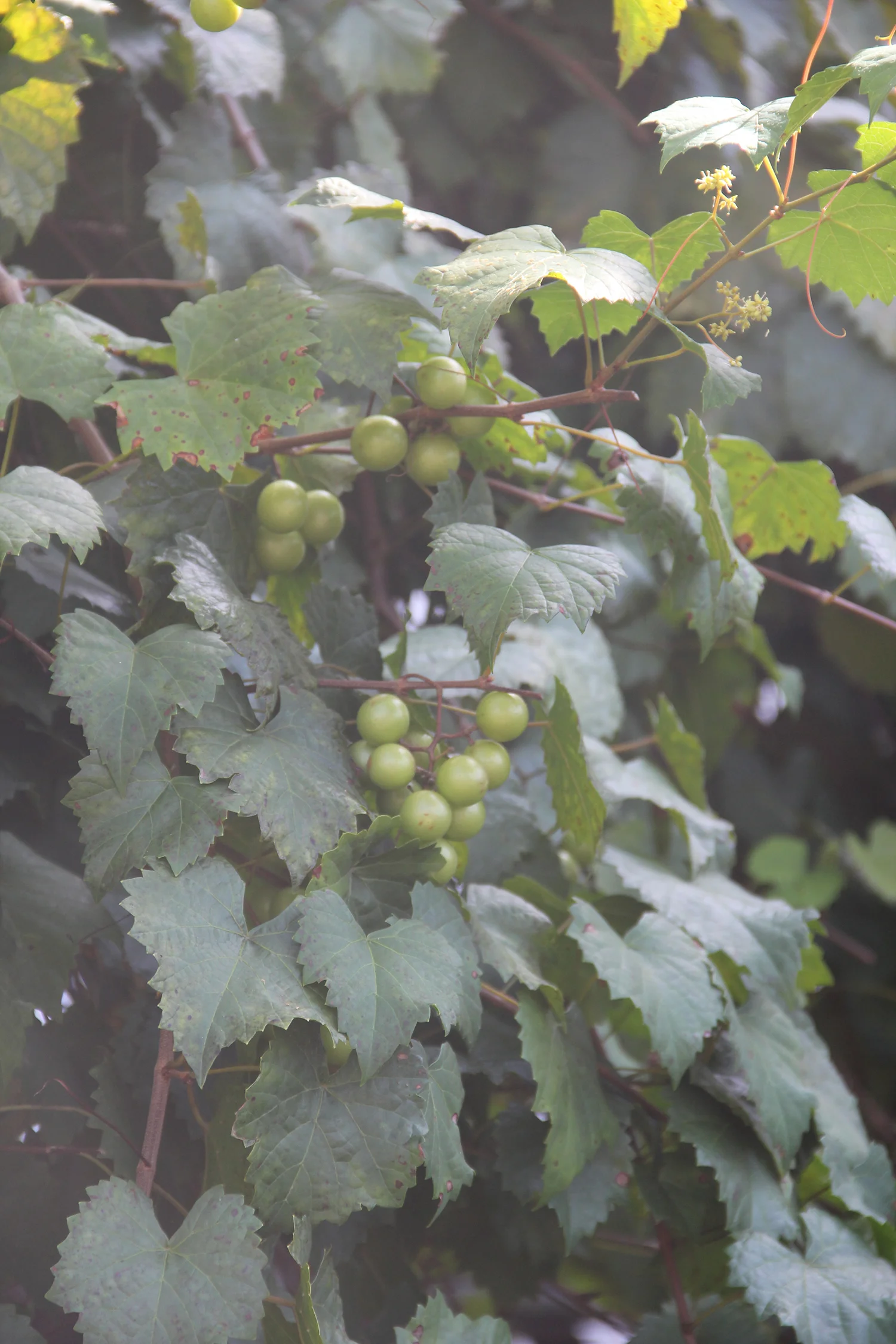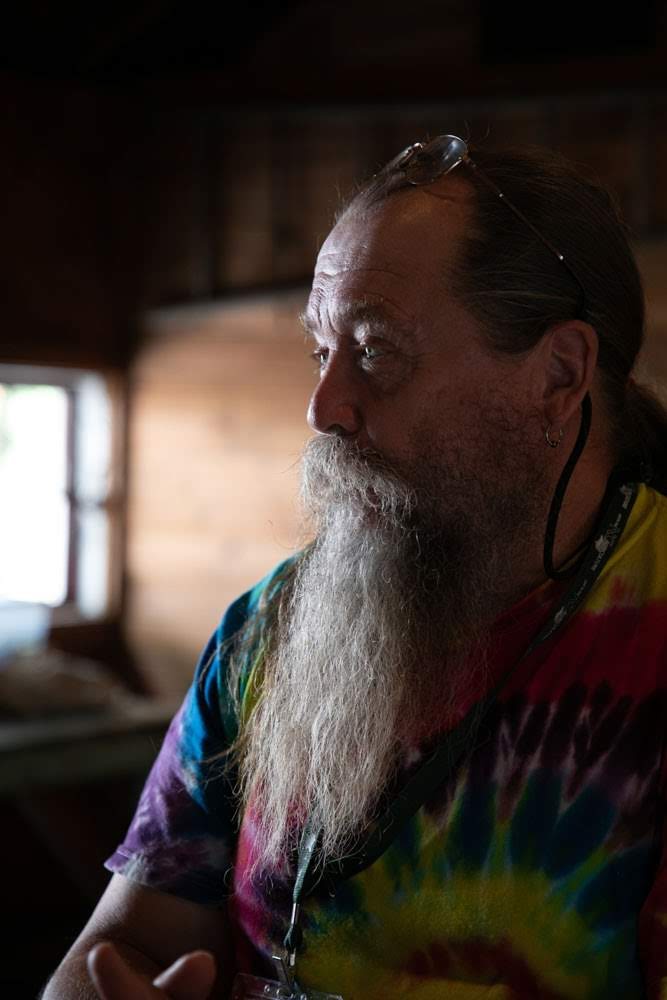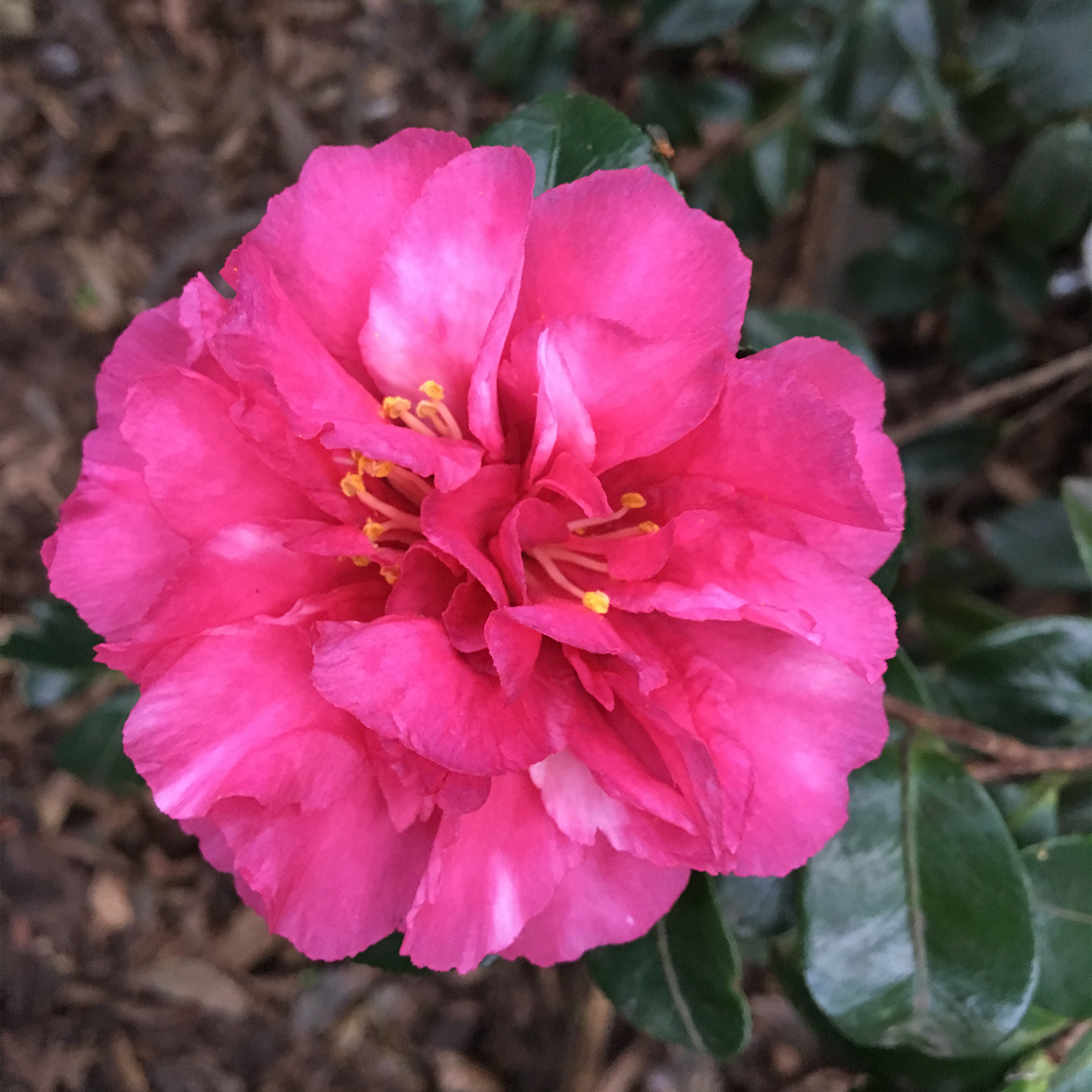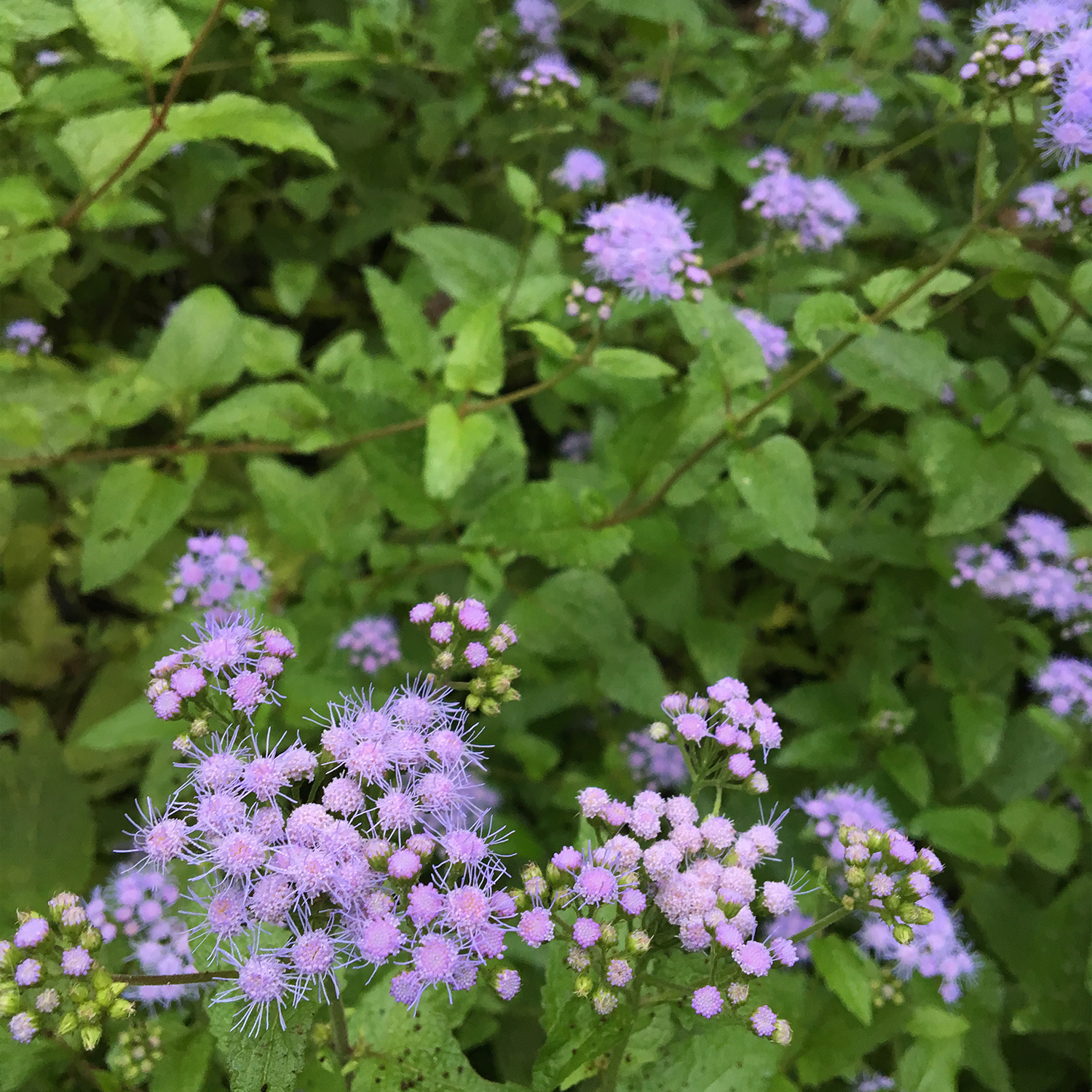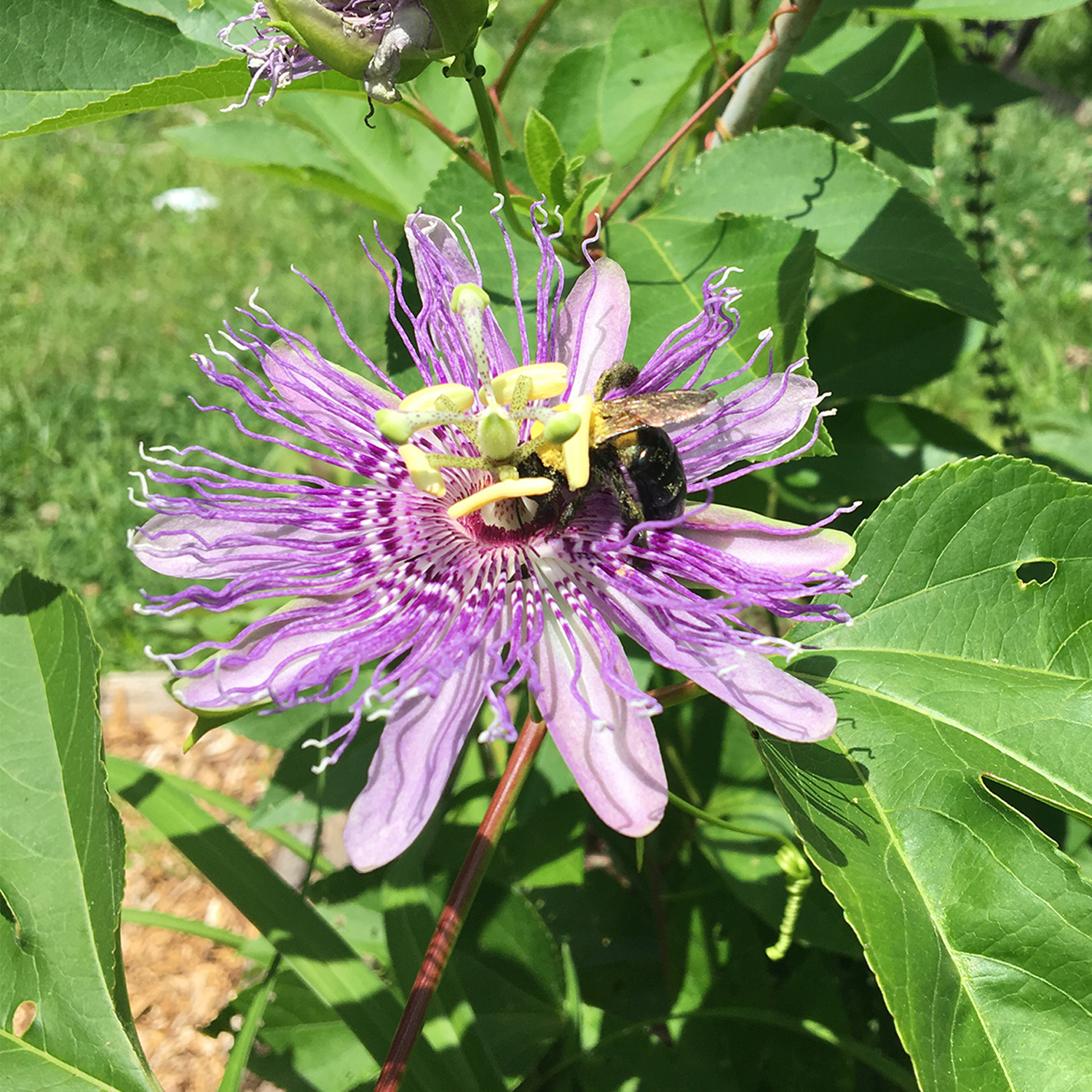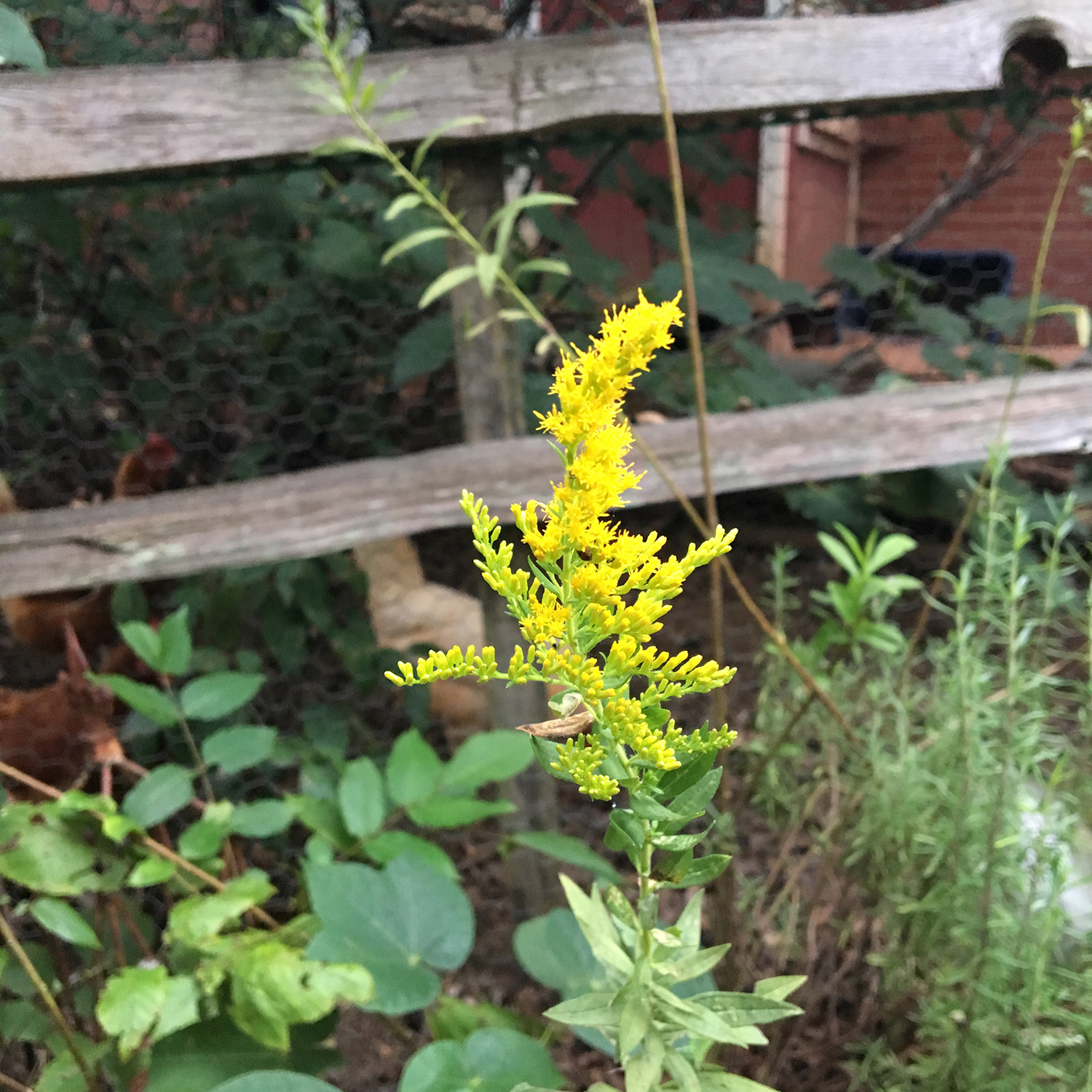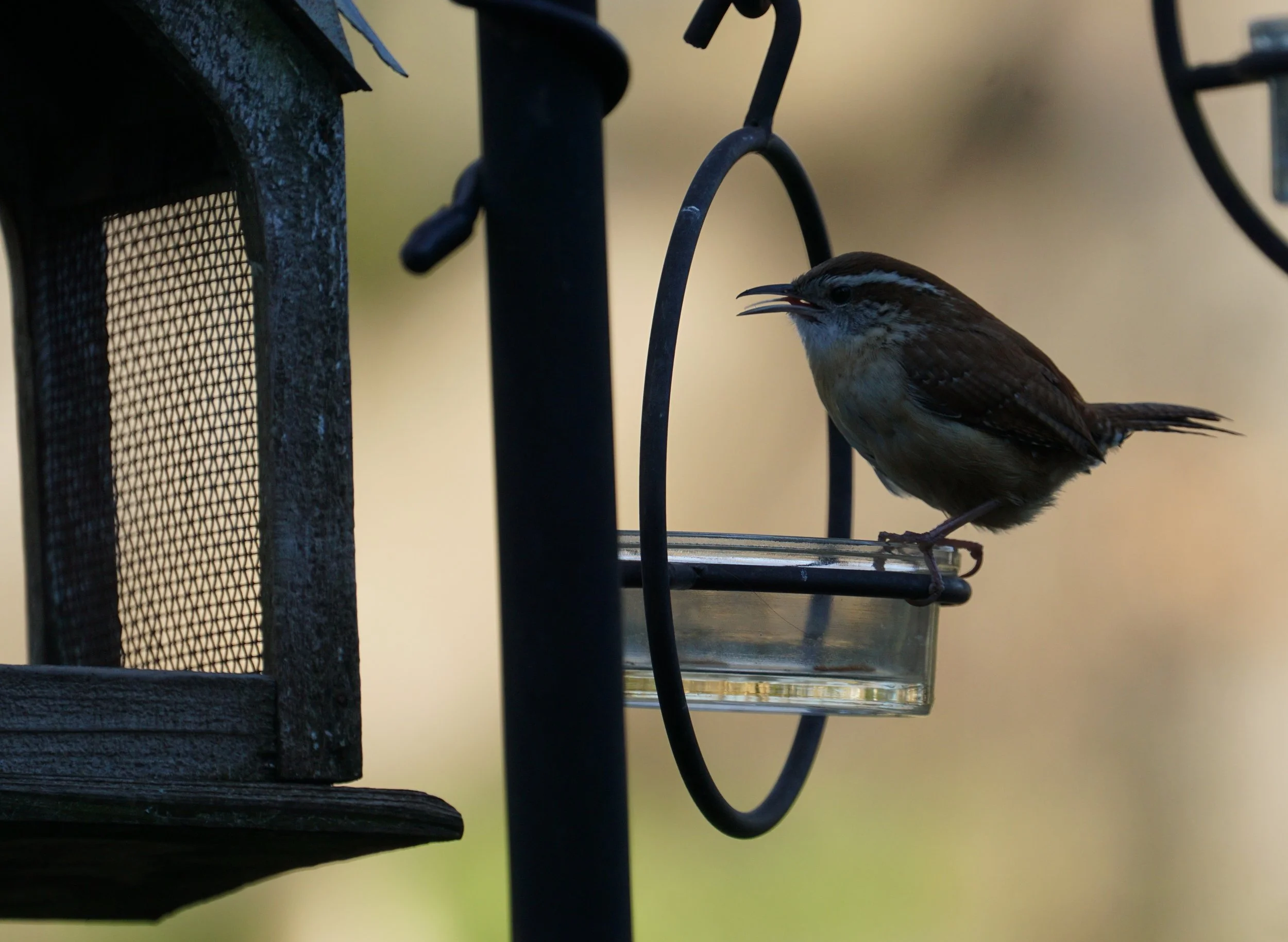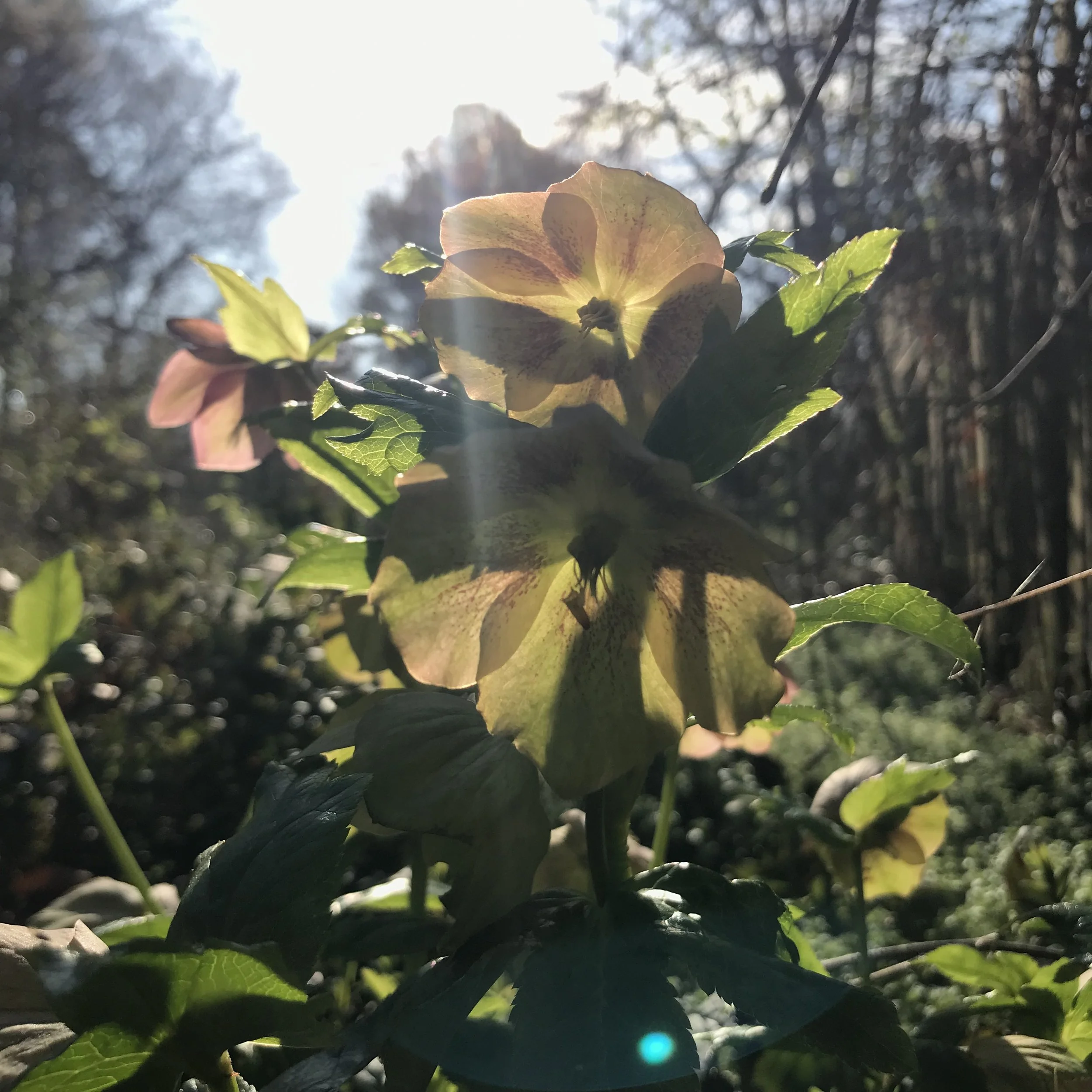*Author’s note: This was written Sunday, 10/21/18. Matthews did have some spotty patches of frost, but as of Tuesday morning, no damage had been reported to me.
For those of you who have taken my Successful Gardener classes, you know that our “first” frost (of the Fall) usually occurs around Halloween. So if we have frost in the Matthews area this week, does that mean we’ve been wrong about that date? Not at all. You see, the dates for both “first” and “last” frost are determined by average dates over several years. So a “first” frost of 10/22 is close enough to the average that gardeners should be on the alert for cold weather. Since we spend so much time outside in our gardens and landscapes, we should be aware that it’s cooling off anyway. Yes, it has been unusually warm this Fall, but until I see a definite change in weather patterns, I’m still going to look for frost in late October. And if you’ve spent any time out in the open, you should have noticed that while the Sun was still warm, the air temps are cooler than a few weeks ago. So what does all this mean?
First, any tender annual flowers, herbs, or vegetables might get burned or killed by the frost. You can sometimes cover your plants with old sheets or plant bed floating row covers to protect them. Covers will usually give you an extra 2-5 degrees of protection. That may be enough to get them through the night without damage. It’s worth noting that frost often appears just after sunrise before the Sun has had a chance to warm things up. Don’t be in a hurry to uncover things in your rush to schools and offices.
Frost also brings an unofficial end to the “growing season”, that period between last and first frosts when most folks do the bulk of their vegetable and flower growing. I have to note here that in the Southern Piedmont, we can grow all kinds of great plants nearly all year long. We just have to be aware of the best conditions for each of them. Cooler temps and shorter days, along with regular cloudy conditions, do slow down the growth of many plants, even the hardiest ones. So it’s good to know the last and first frost dates in your area. I’ve already mentioned Halloween as our first frost date. The last frost in the Southern Piedmont is an equally scary date; April 15, otherwise known as “Tax Day”. Again, these dates are averages, so we may have frost events before or after these days.
Cooler weather also brings with it the opportunity to extend our seasons past those dates. I’ve already mentioned the covers you can use for some protection. There are others you can use, as well. I expect all of us have used plastic milk jugs or over-turned flower pots to protect plants overnight. I stopped using those after chasing after and/or collecting them after even a light breeze. You can build a cold frame from lumber or PVC and cover it in a clear (preferably UV resistant) plastic. You can use glass, or even recycled windows or doors. This economical structure offers more protection from the elements. There are lots of plans for these season extenders, and you can find a link to several of them on my website.
“Tunnel growing” is becoming more popular, and there are low and high versions. Essentially unheated greenhouses, they offer even more protection. Used mostly on commercial farms and greenhouse ranges, I think they have use in a home garden, too. You can easily grow lettuce and greens in a tunnel for most of the winter. They have some extra challenges compared to a simple plant bed cover. They can easily overheat on a sunny day, so you’ll need some way to vent excess heat and humidity. Also, snow or ice can collapse a tunnel if the load gets too heavy. But fresh greens are worth it, I think.
Greenhouse growing is, of course, the ultimate in-season extension. It’s also a subject much too detailed for this short review. Be on the lookout for greenhouse information in a future post. Just be aware that frost brings with it new and interesting opportunities to learn new things.
Remember to enjoy your garden, because THAT is what makes you a Successful Gardener!!!

